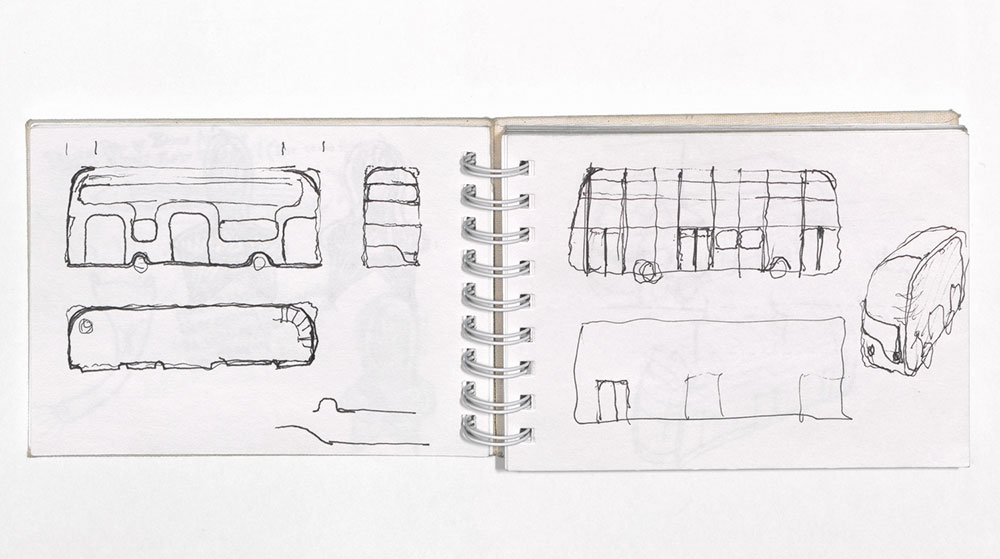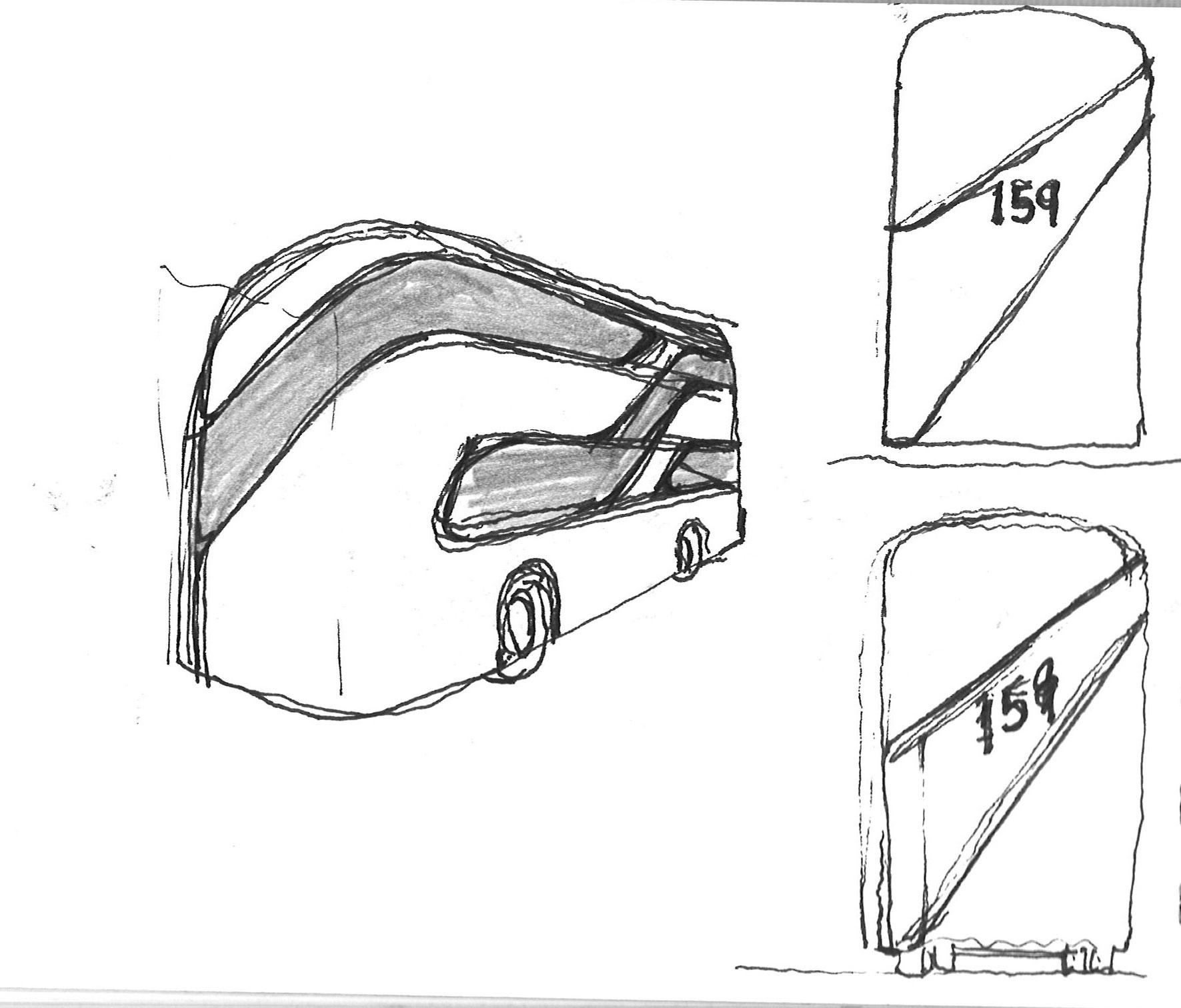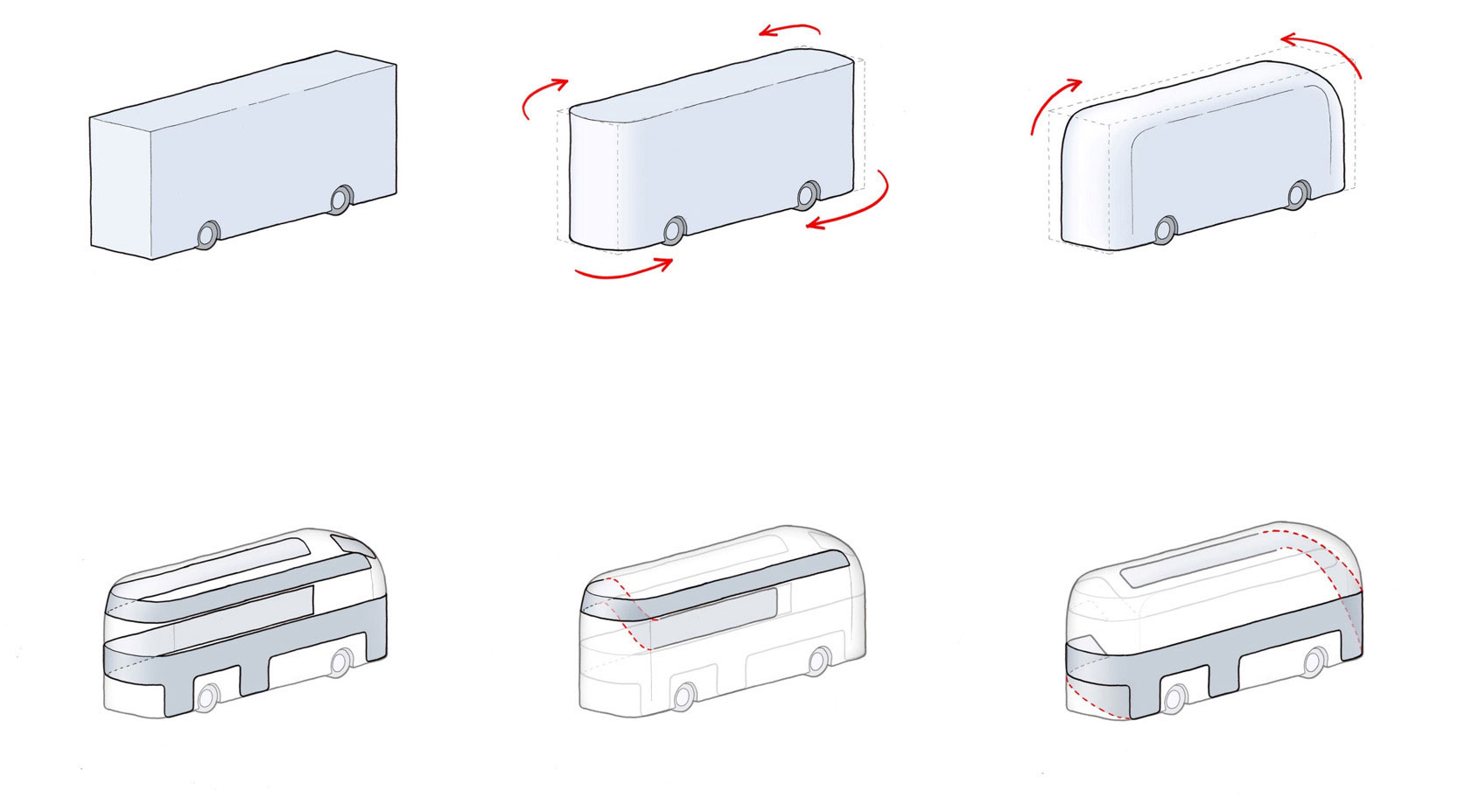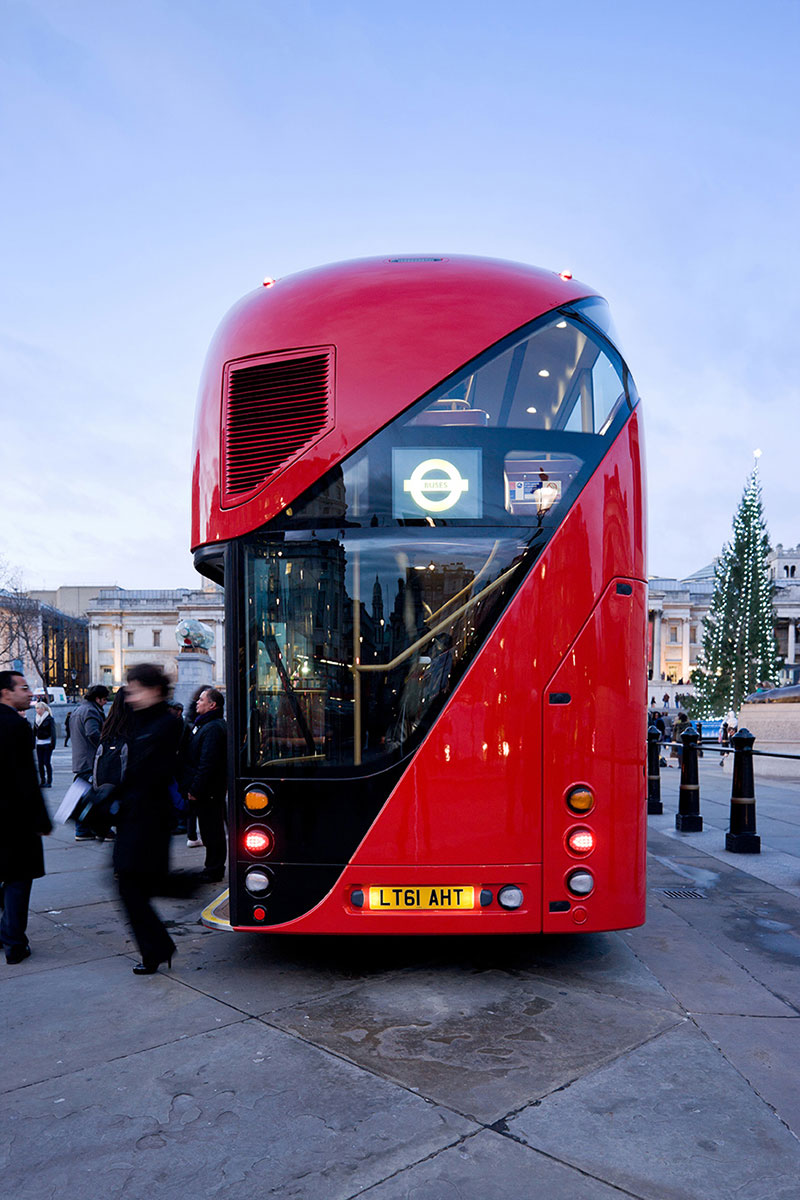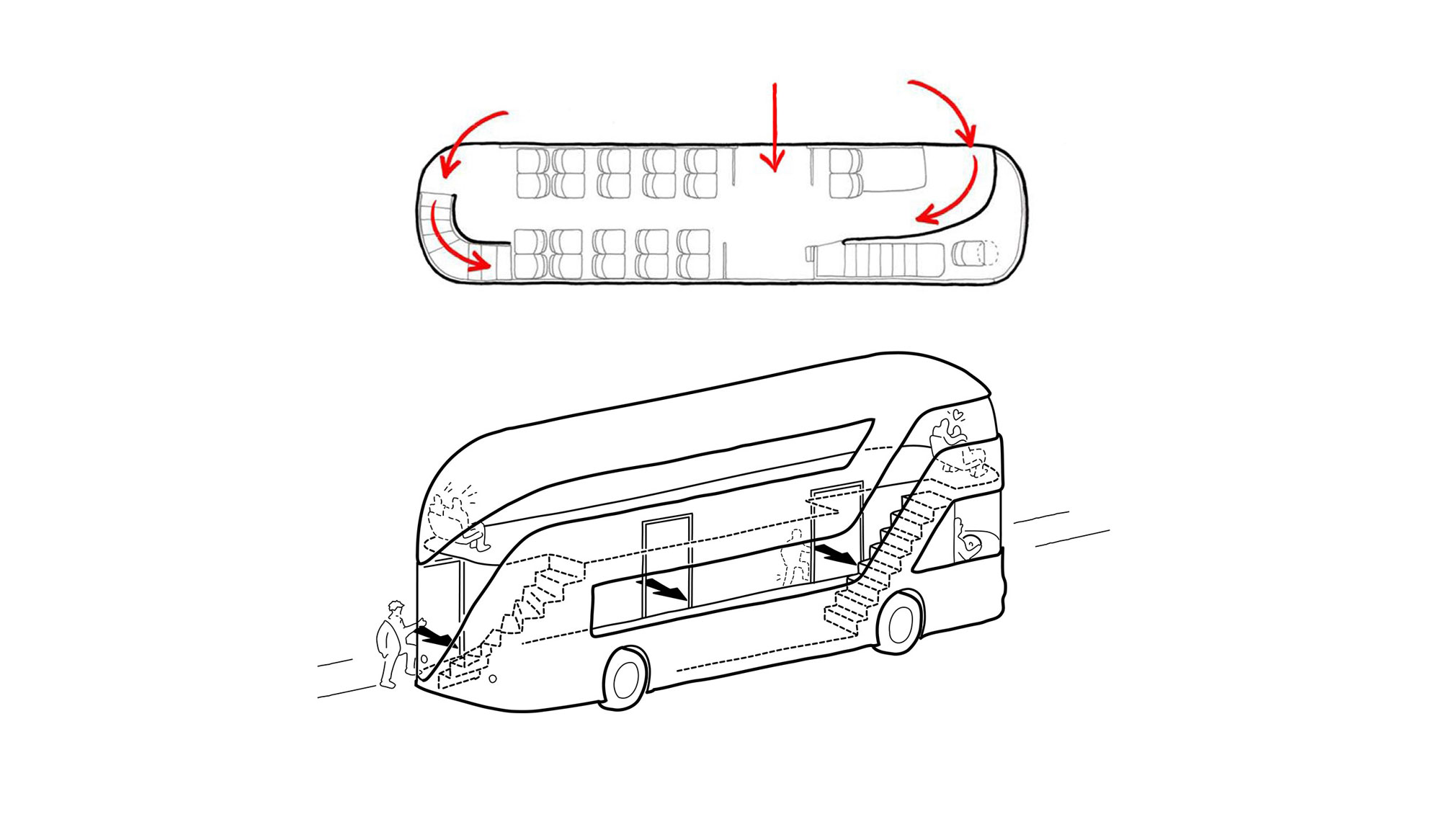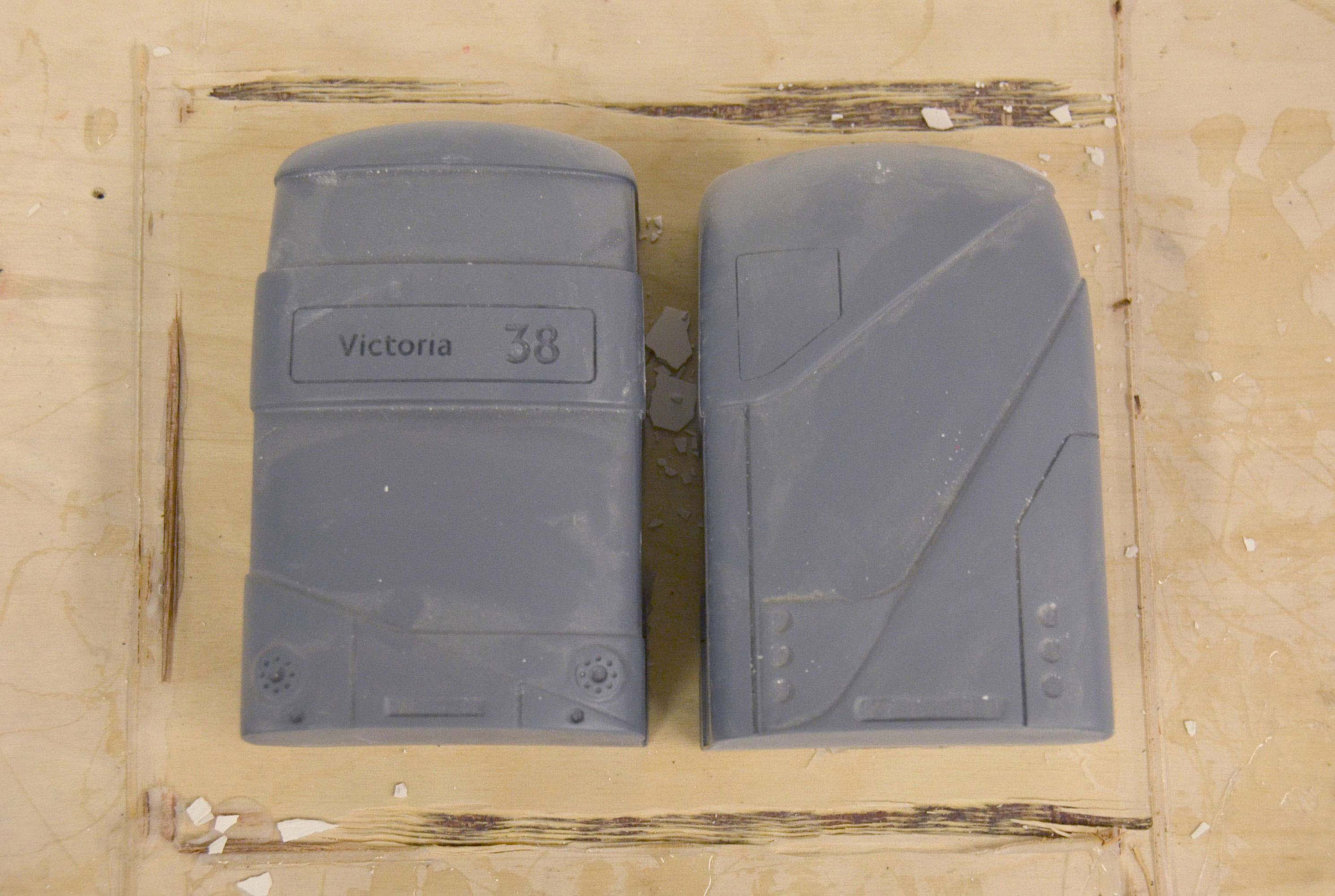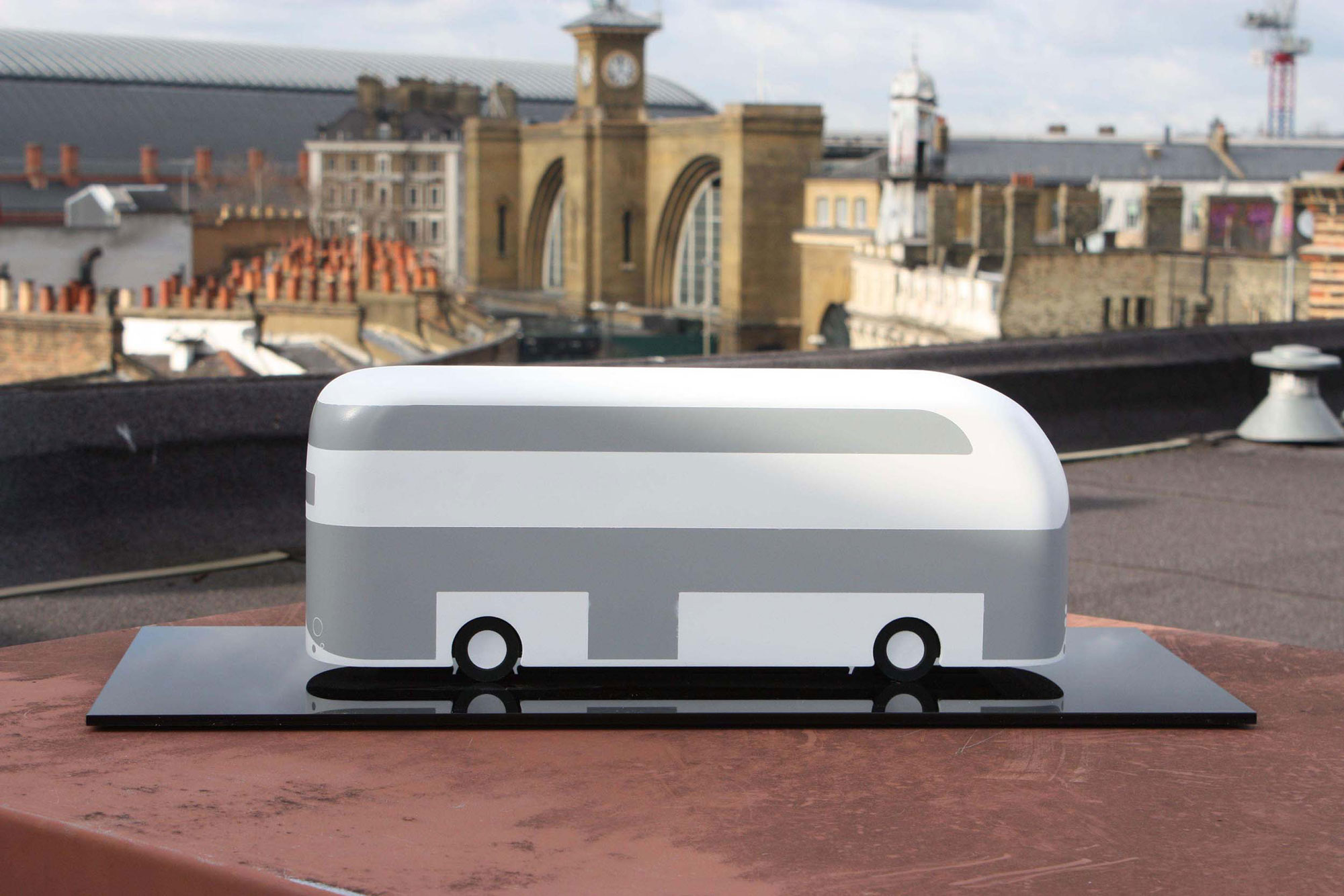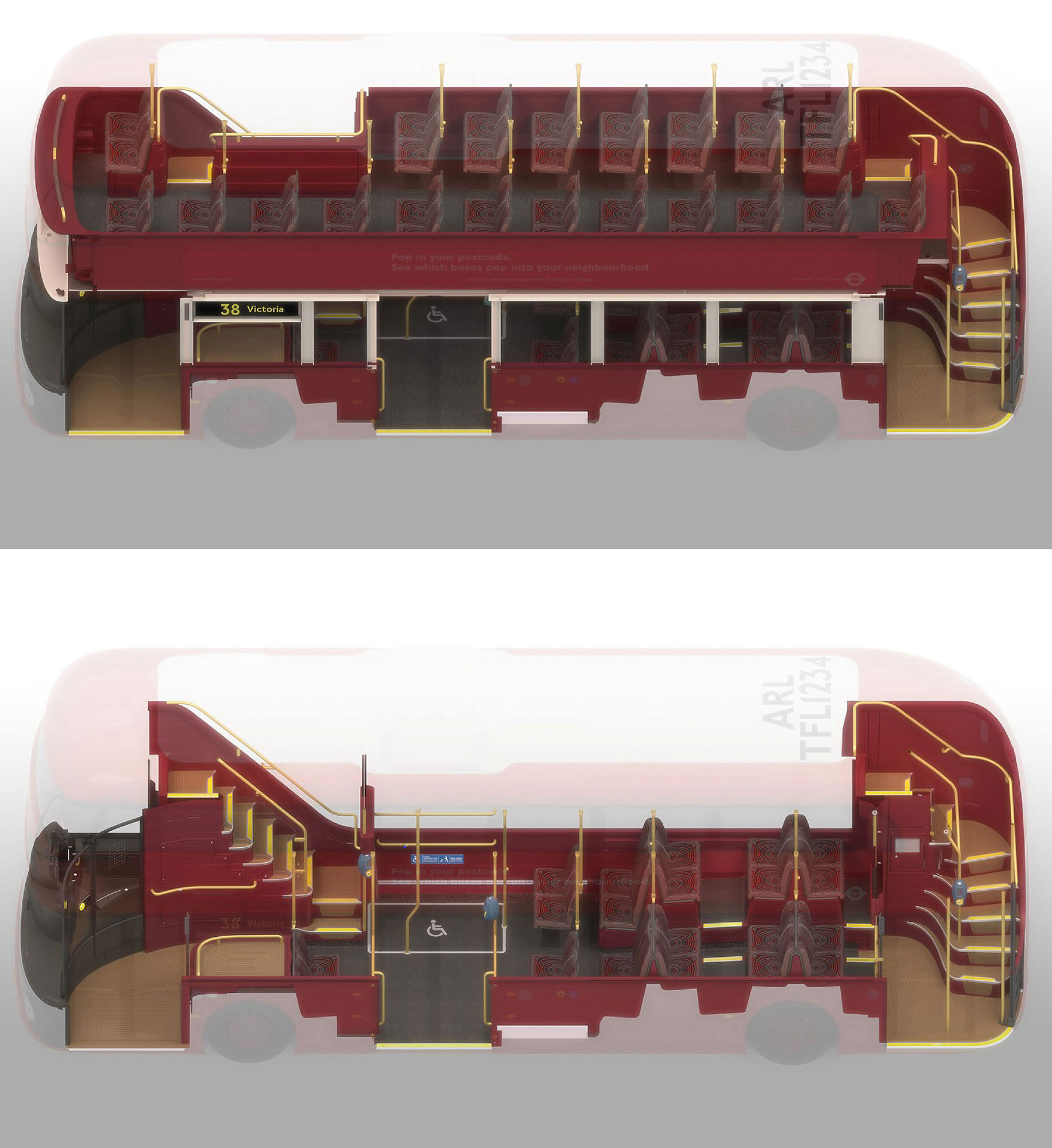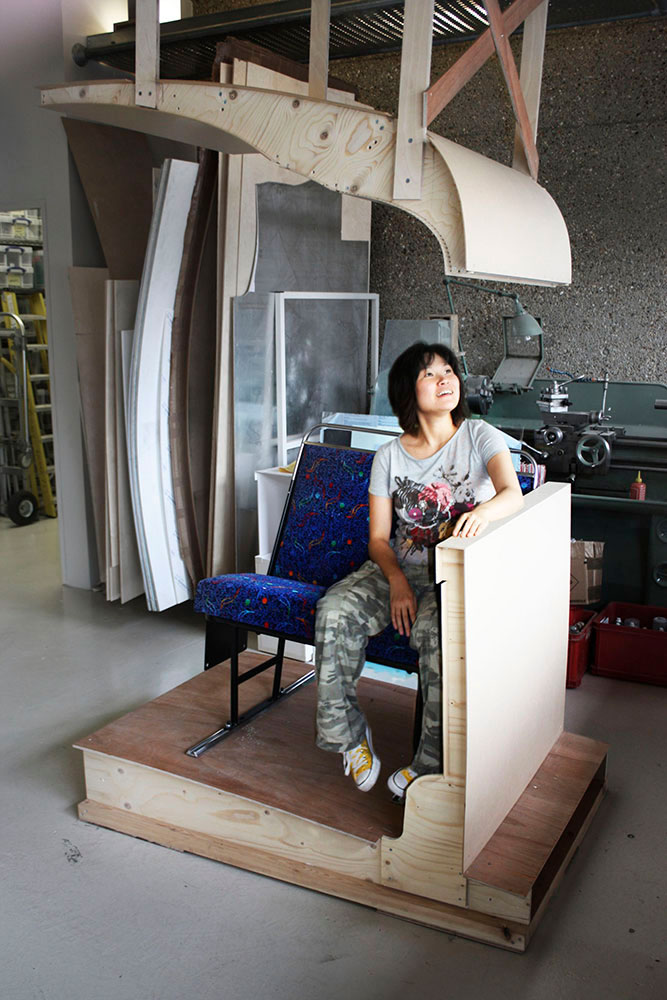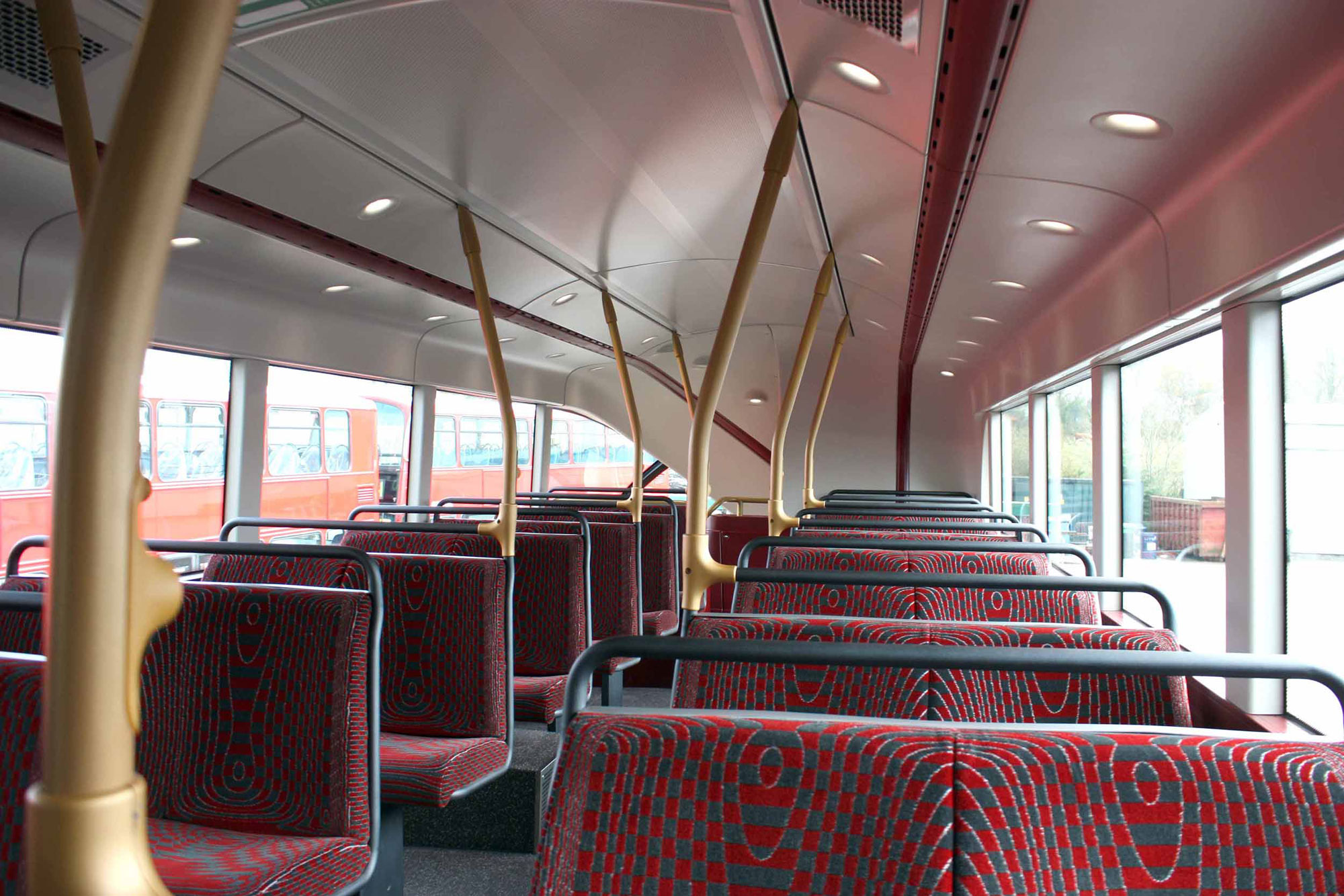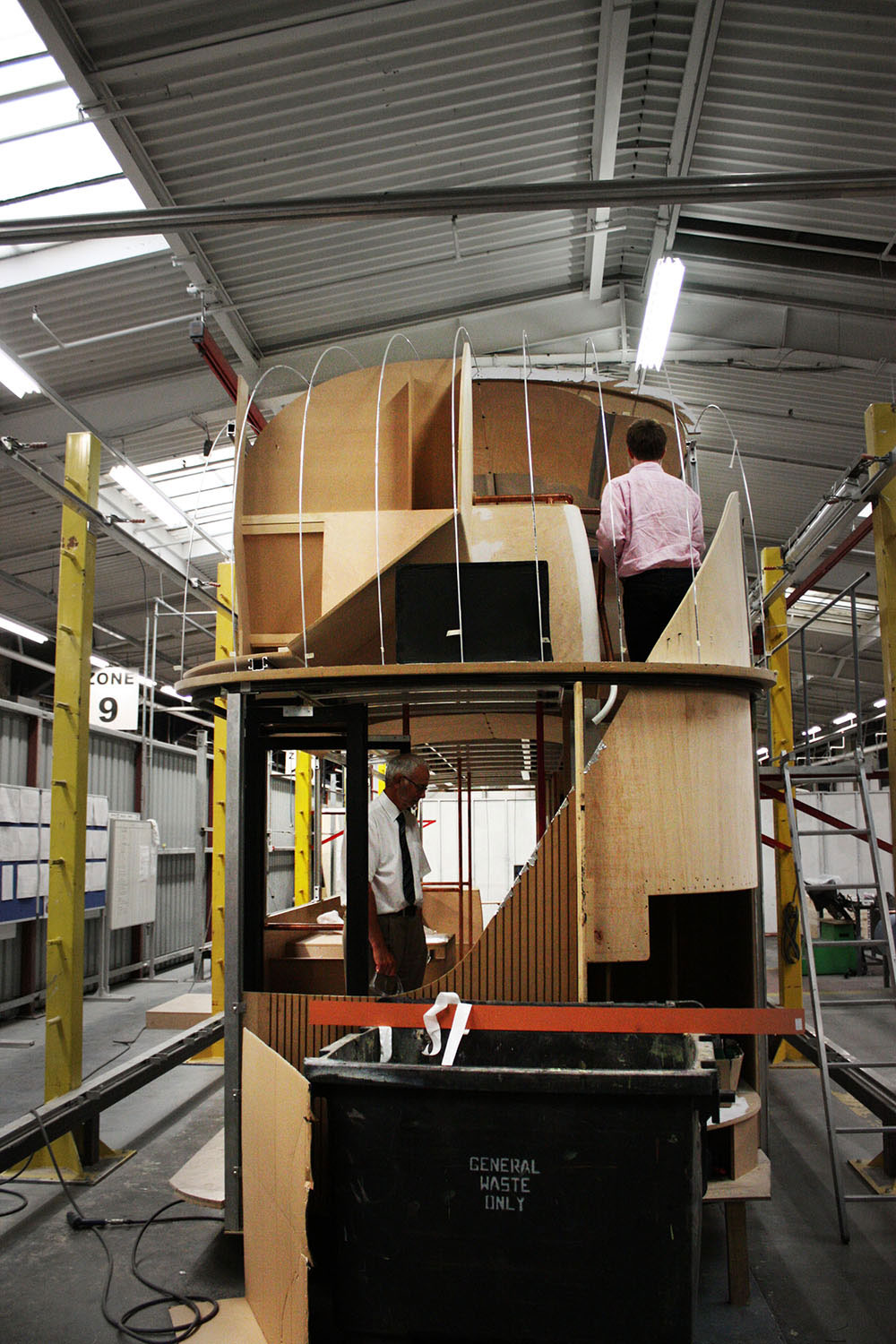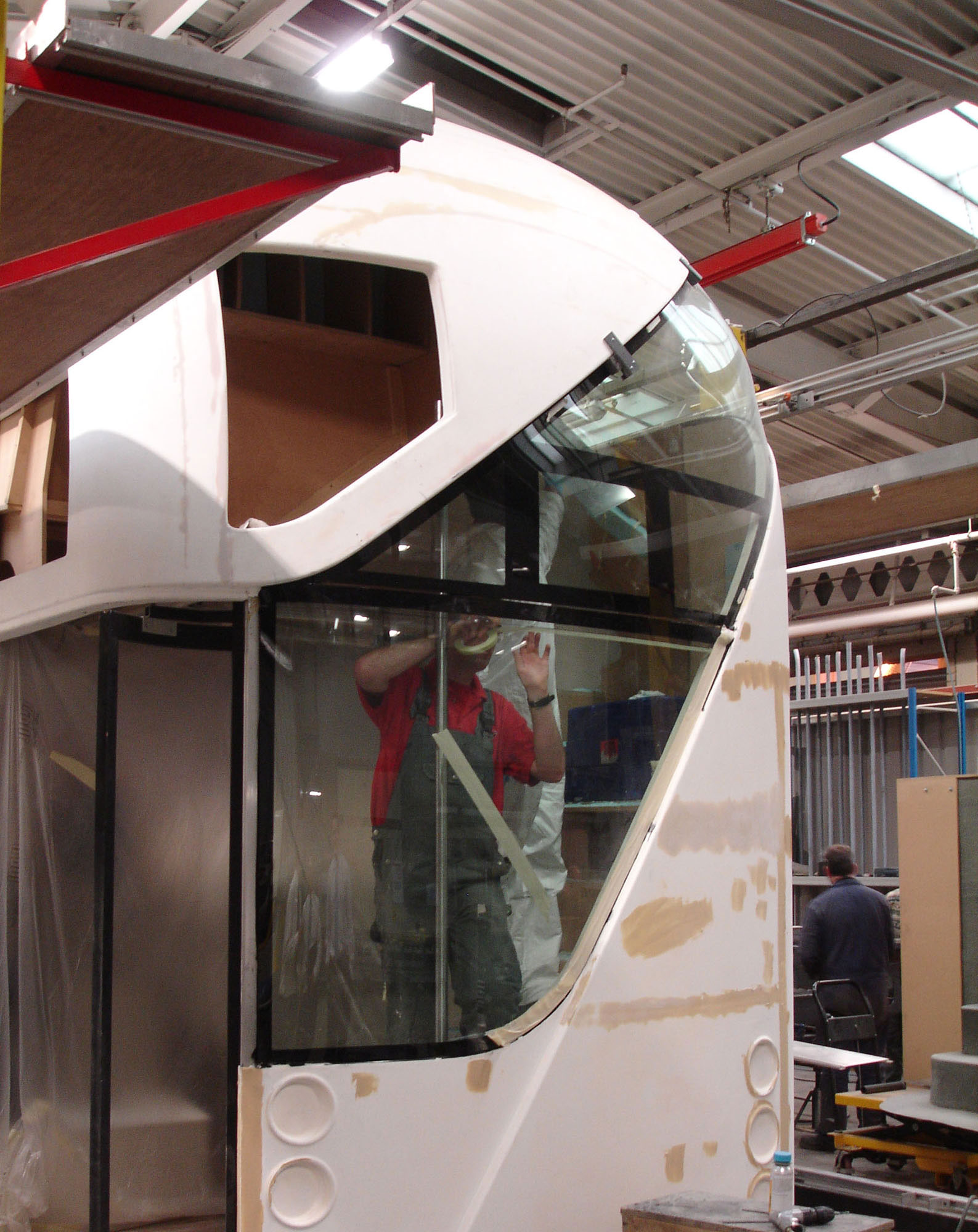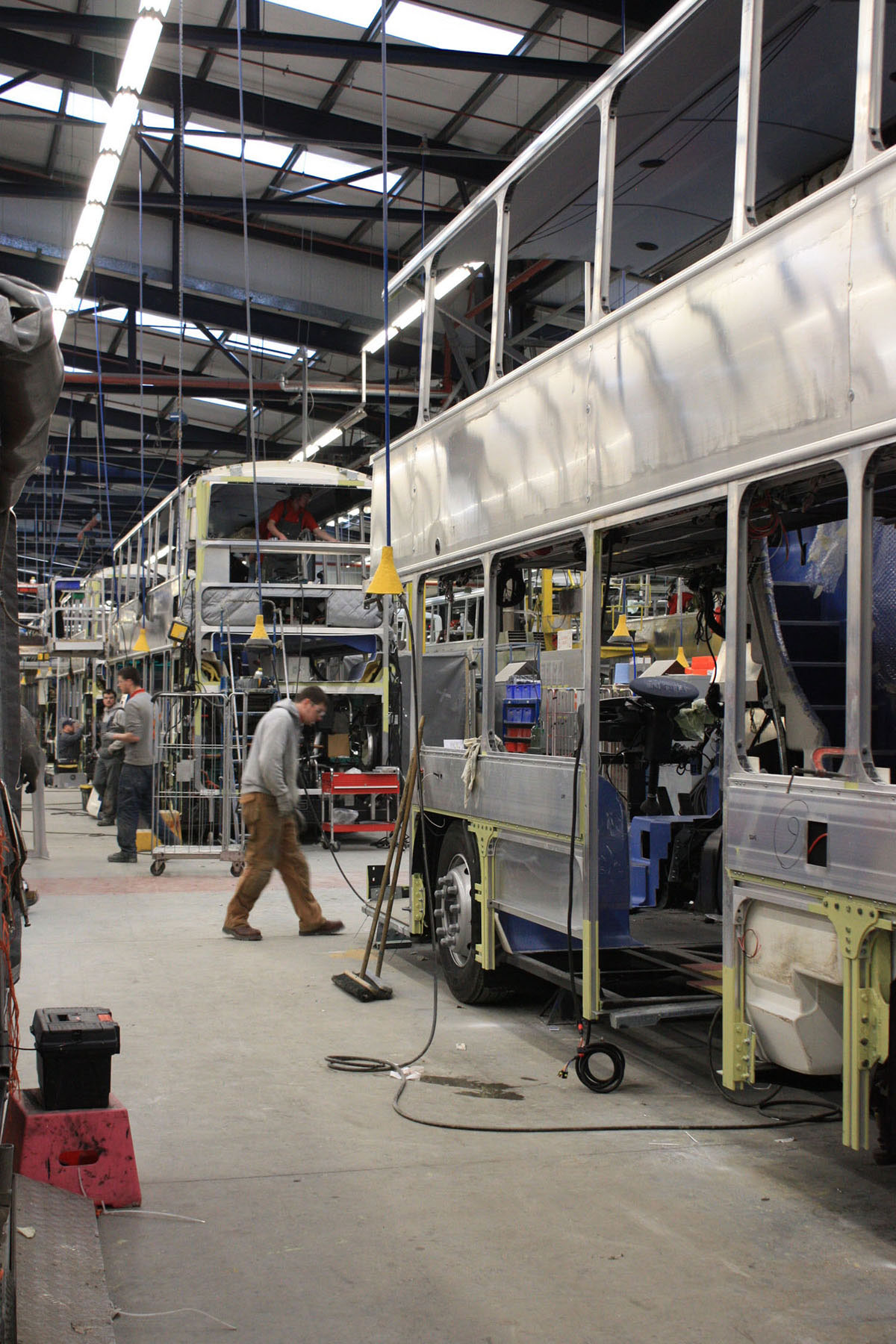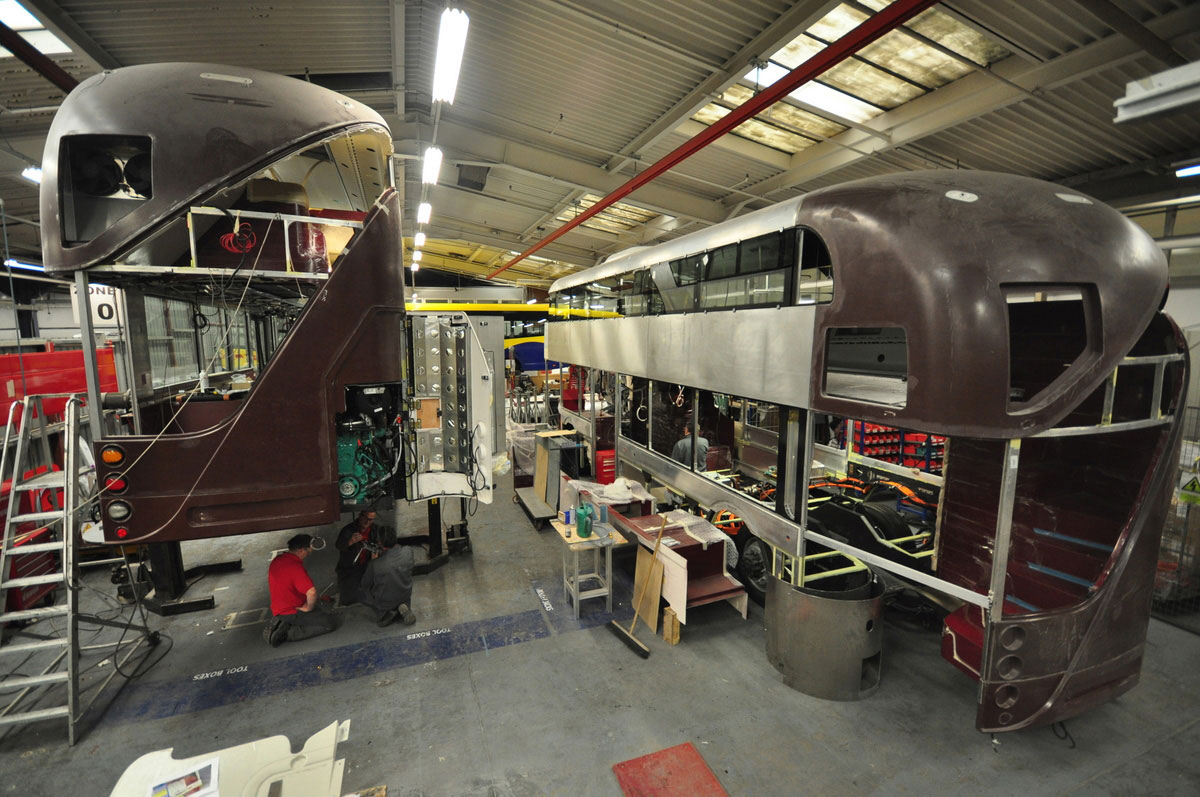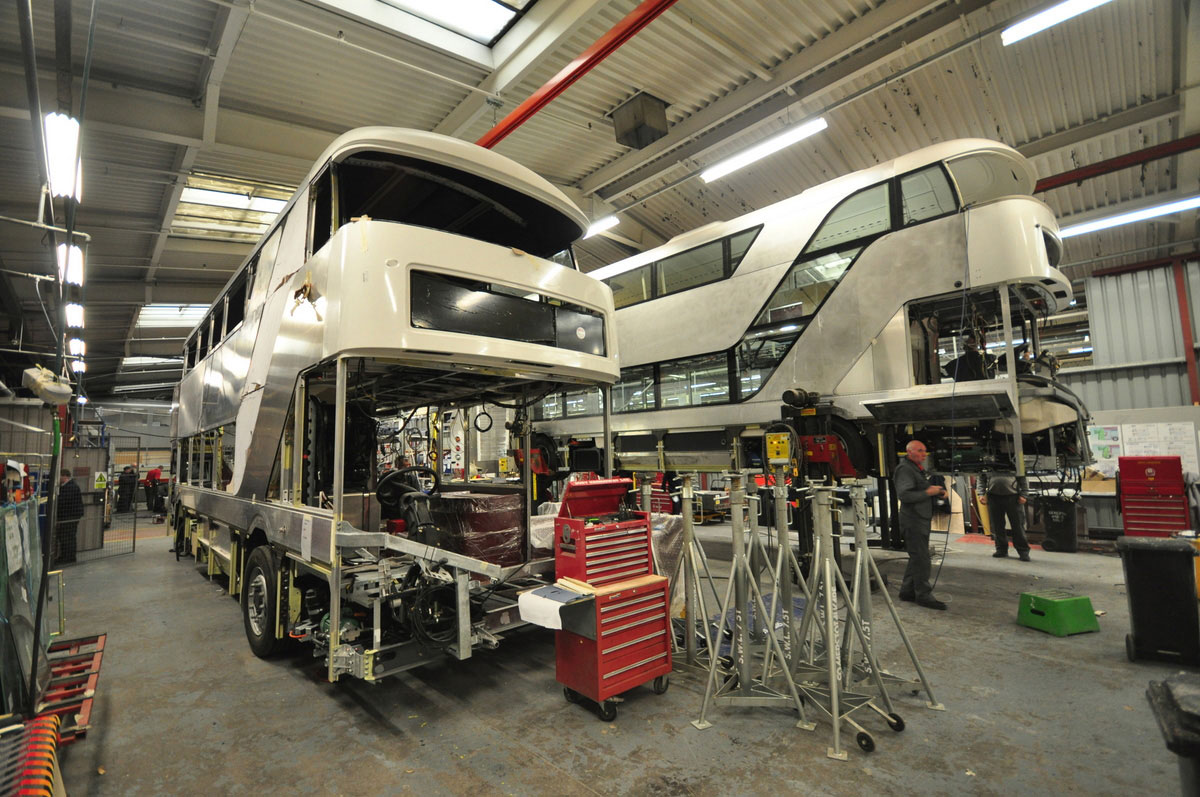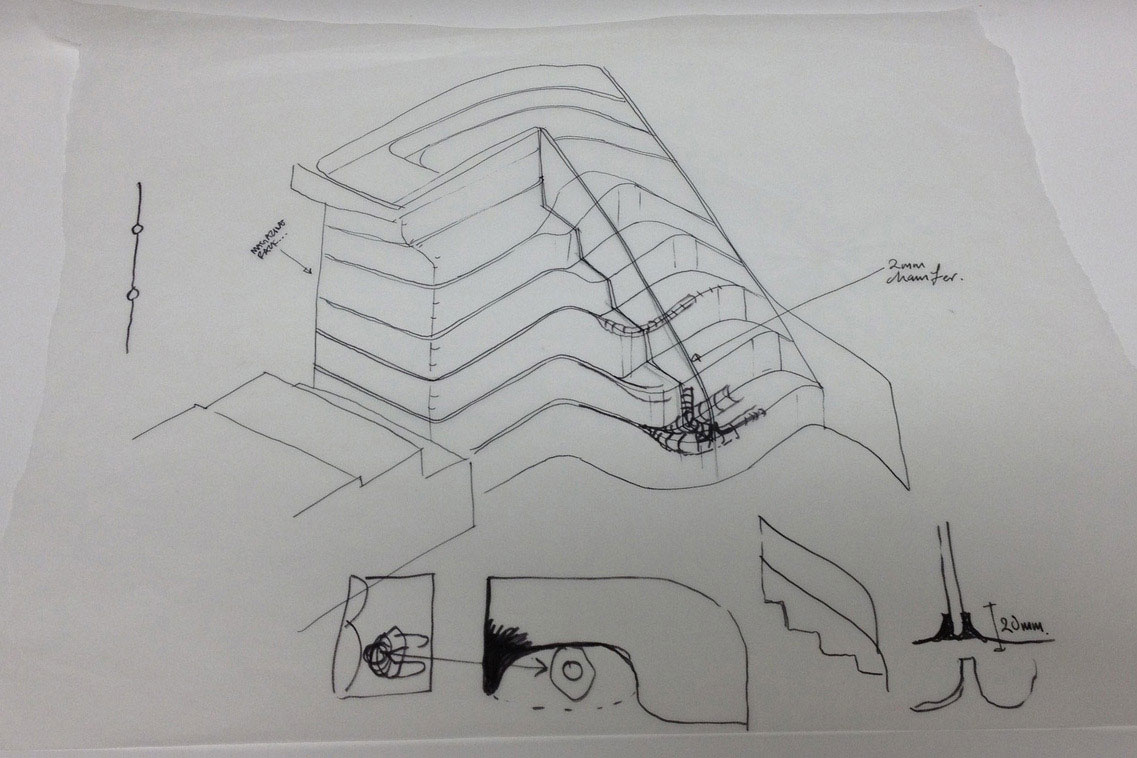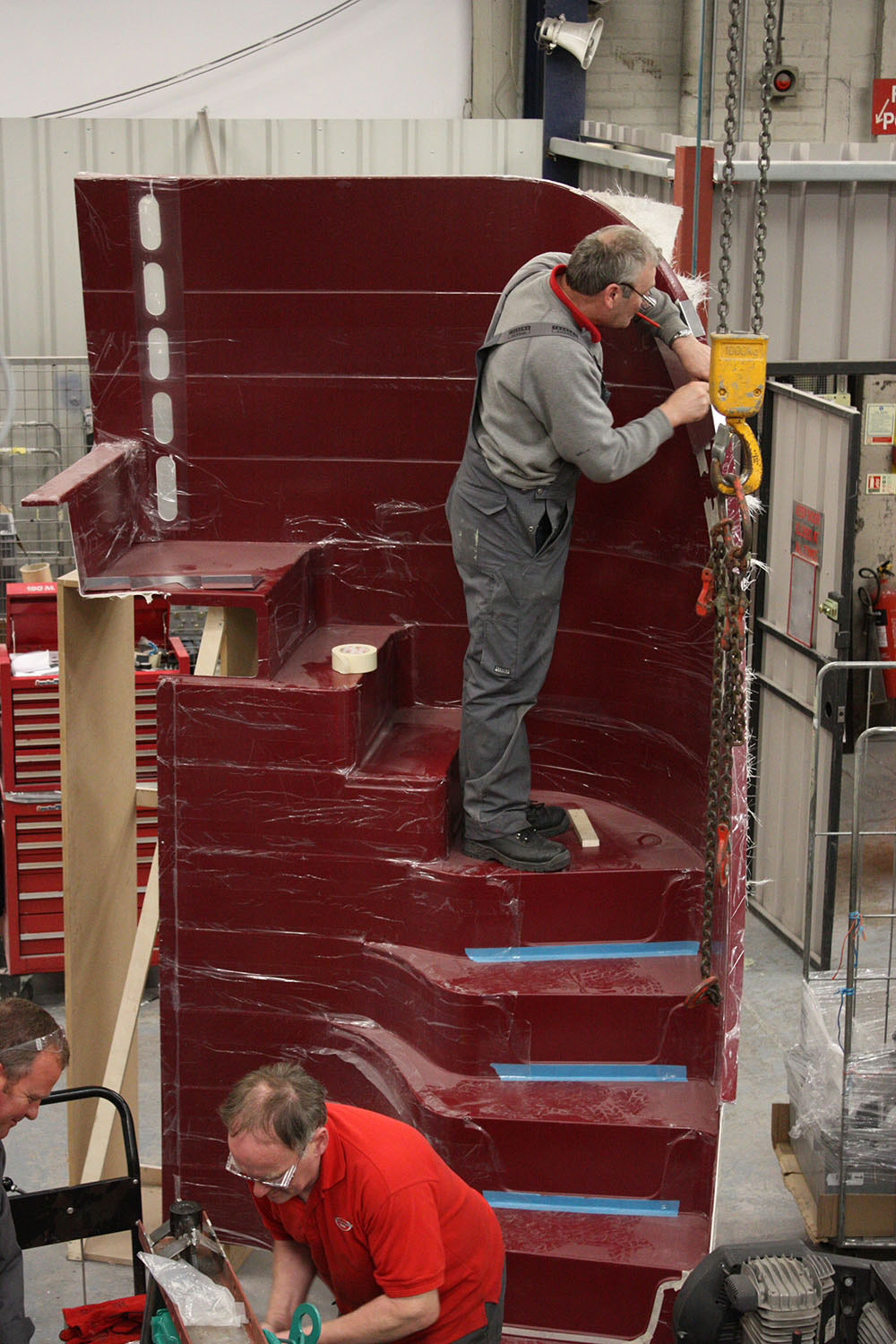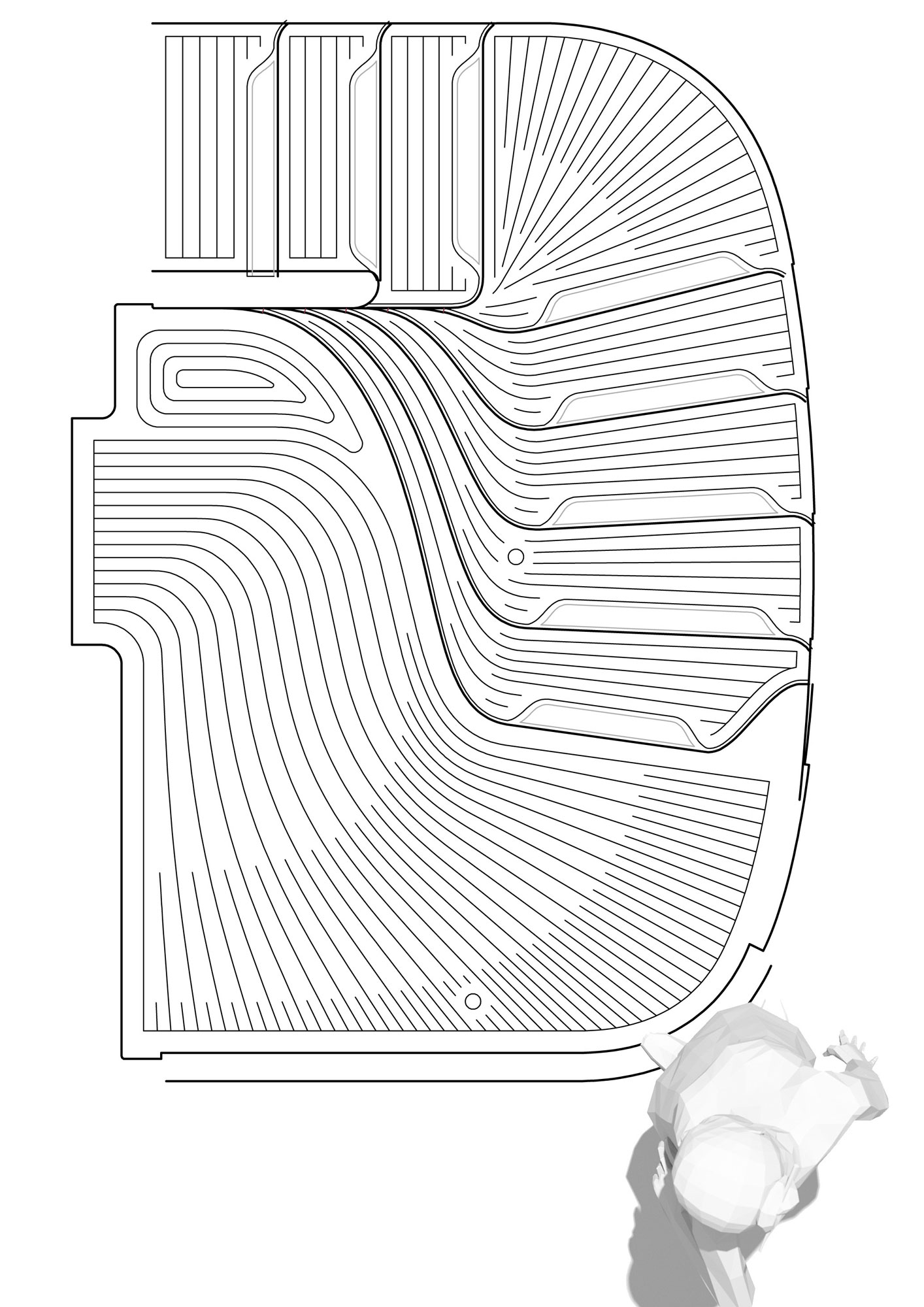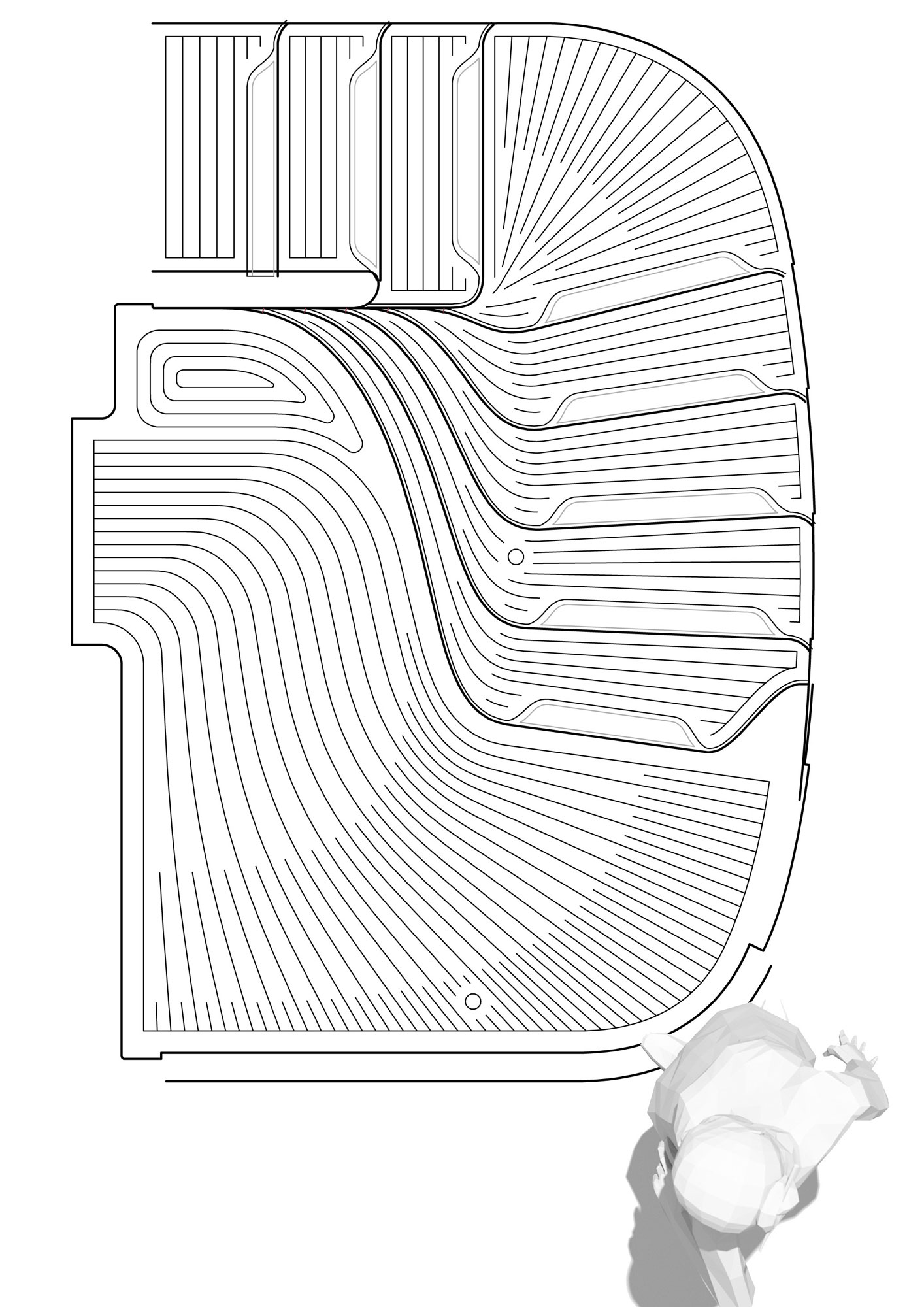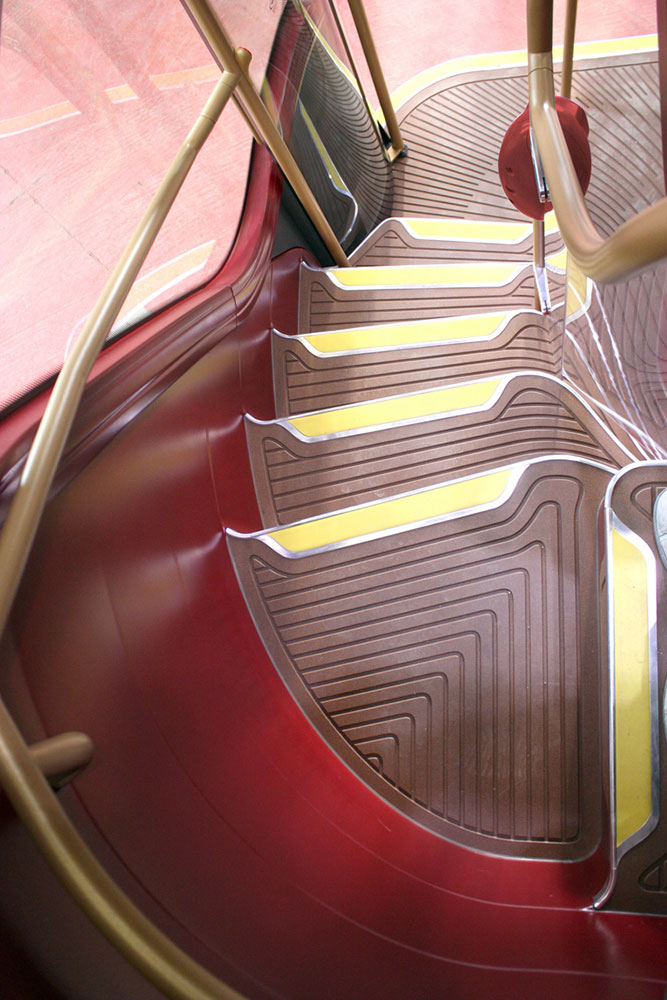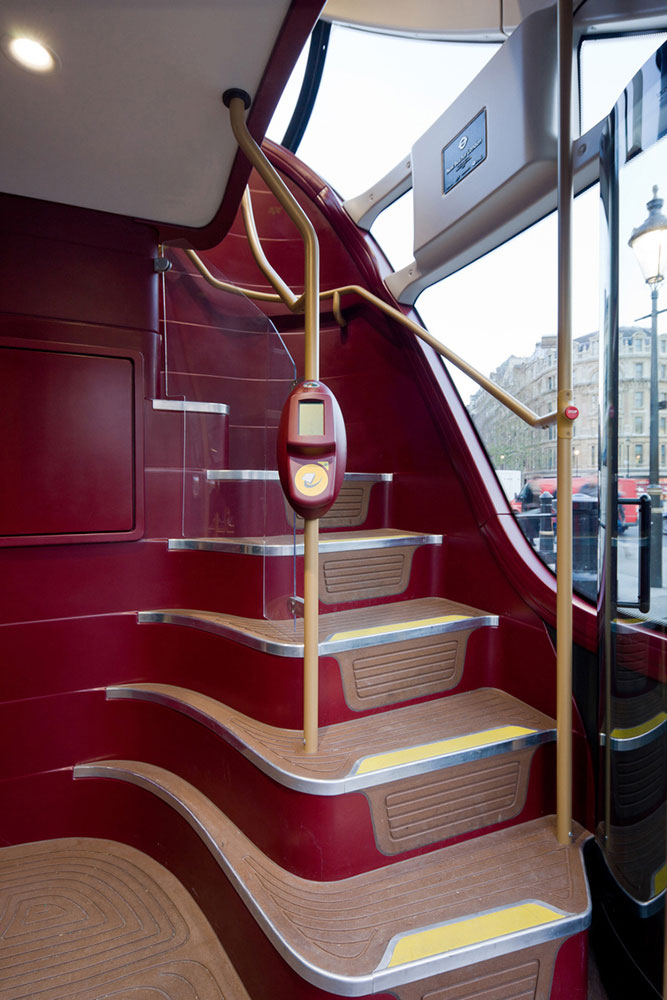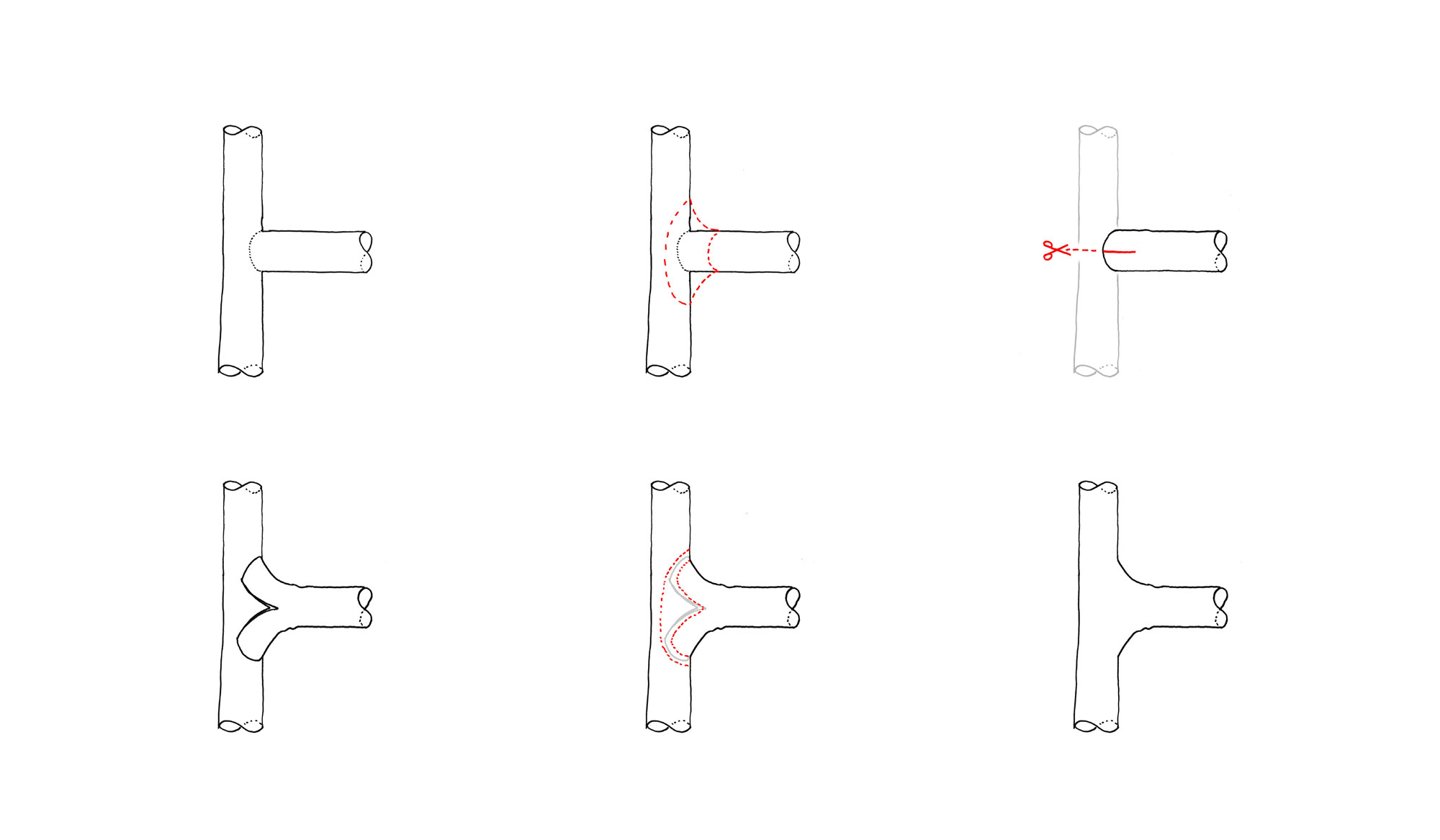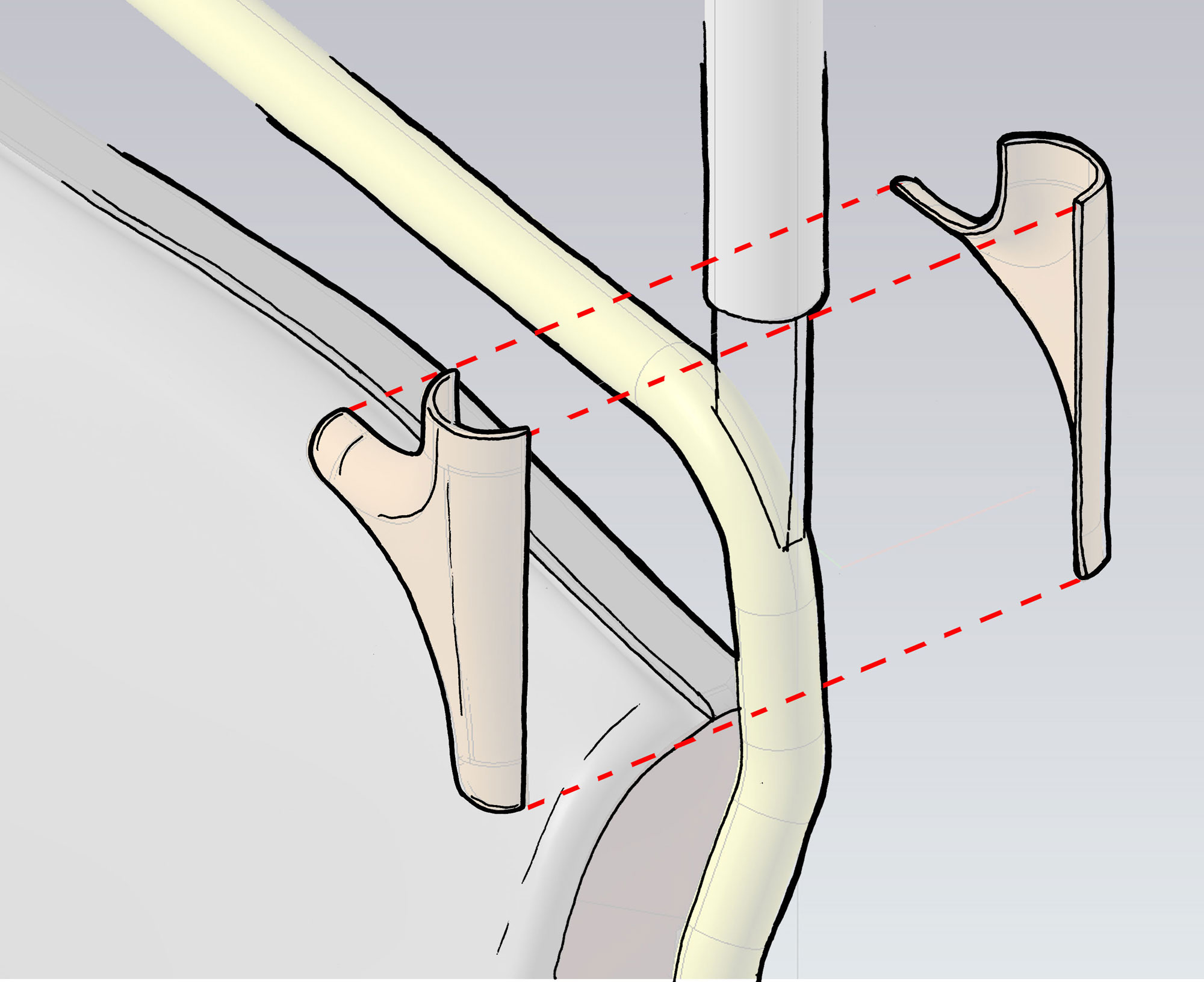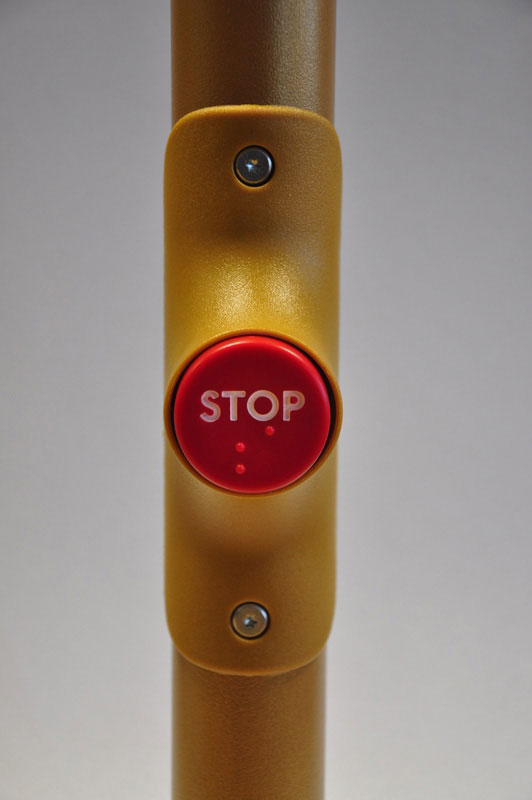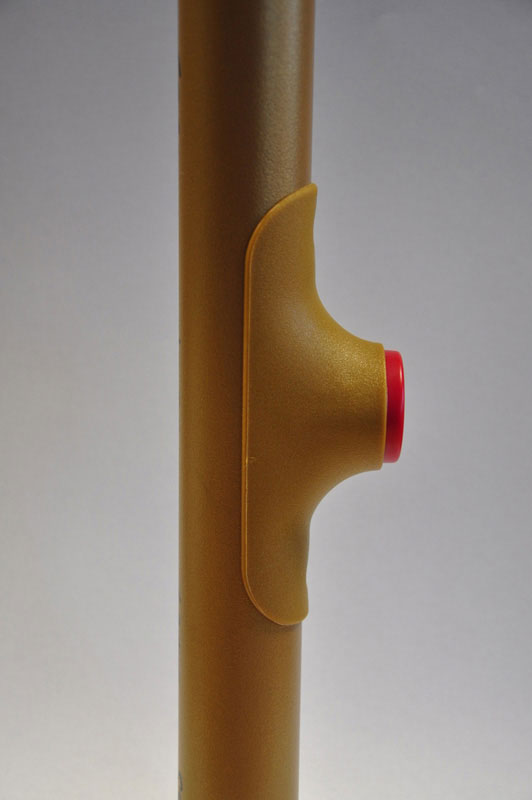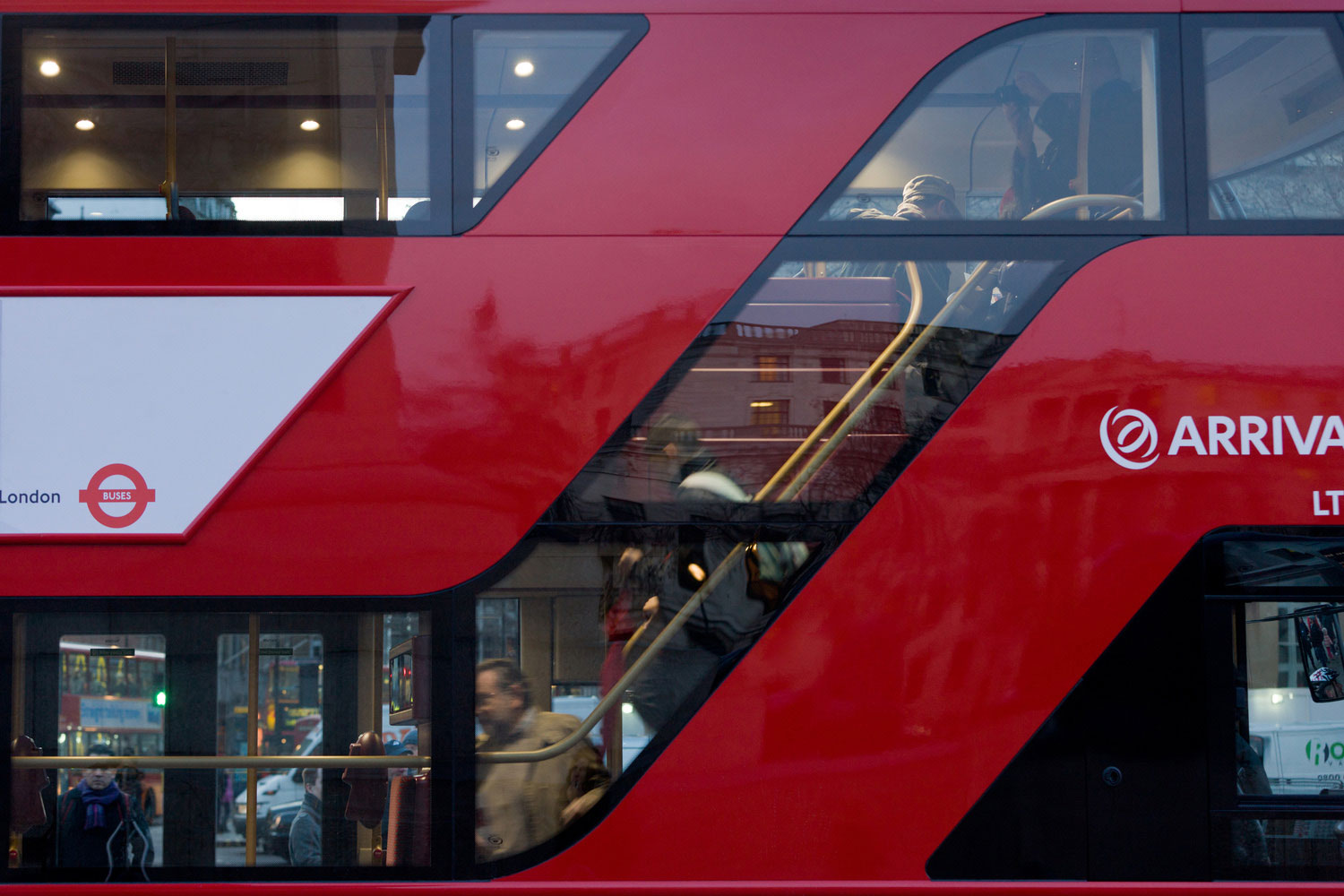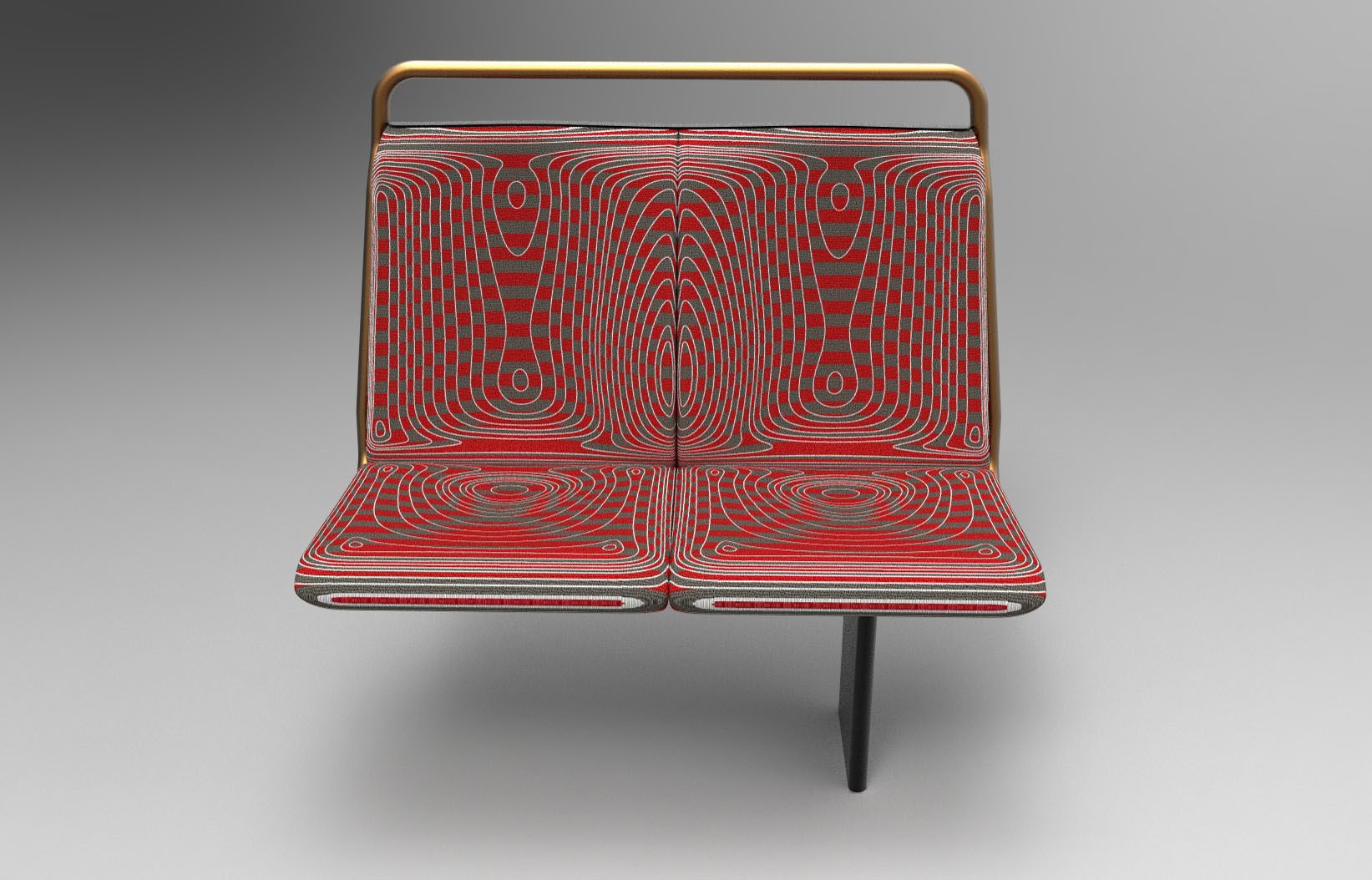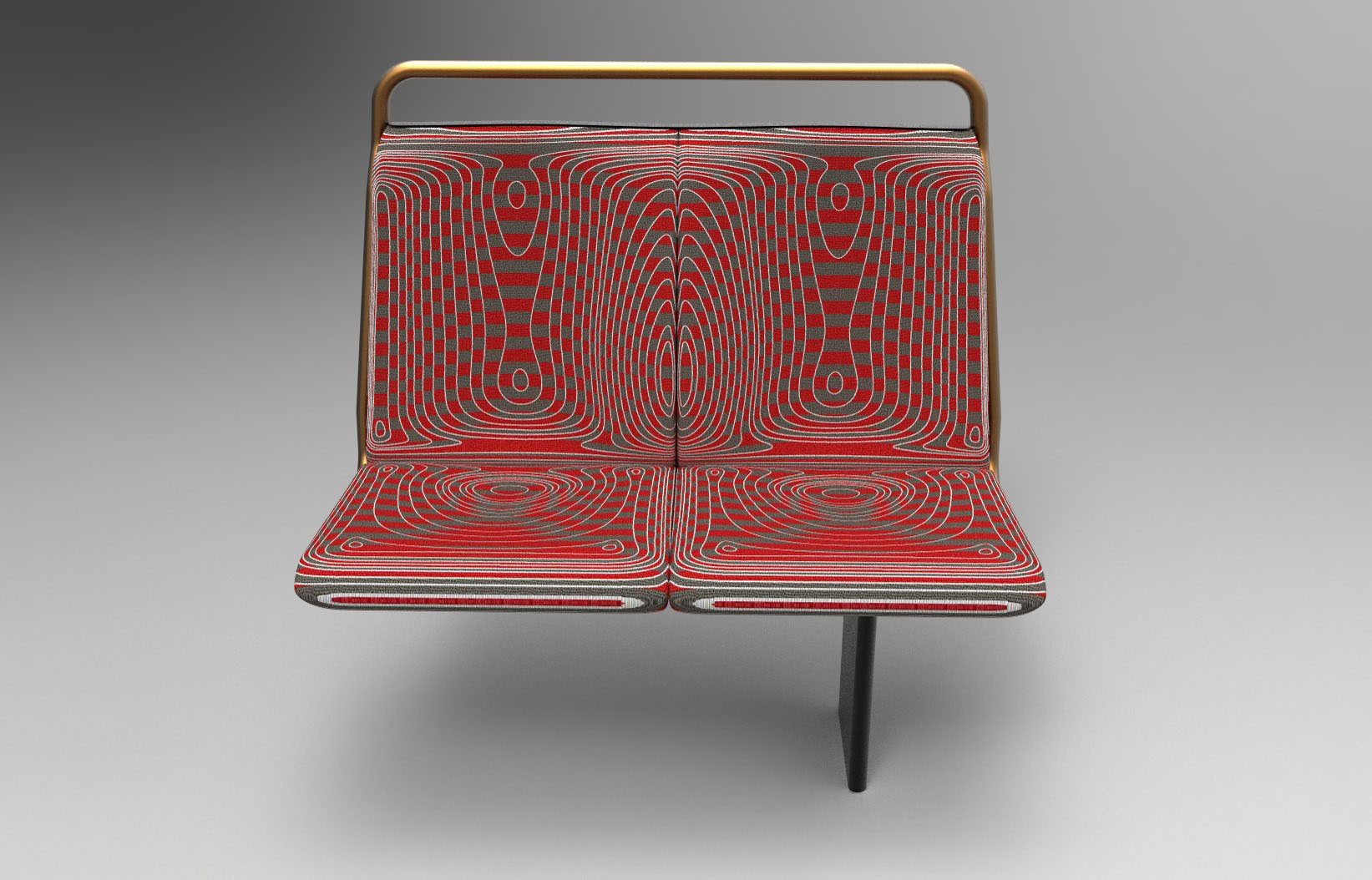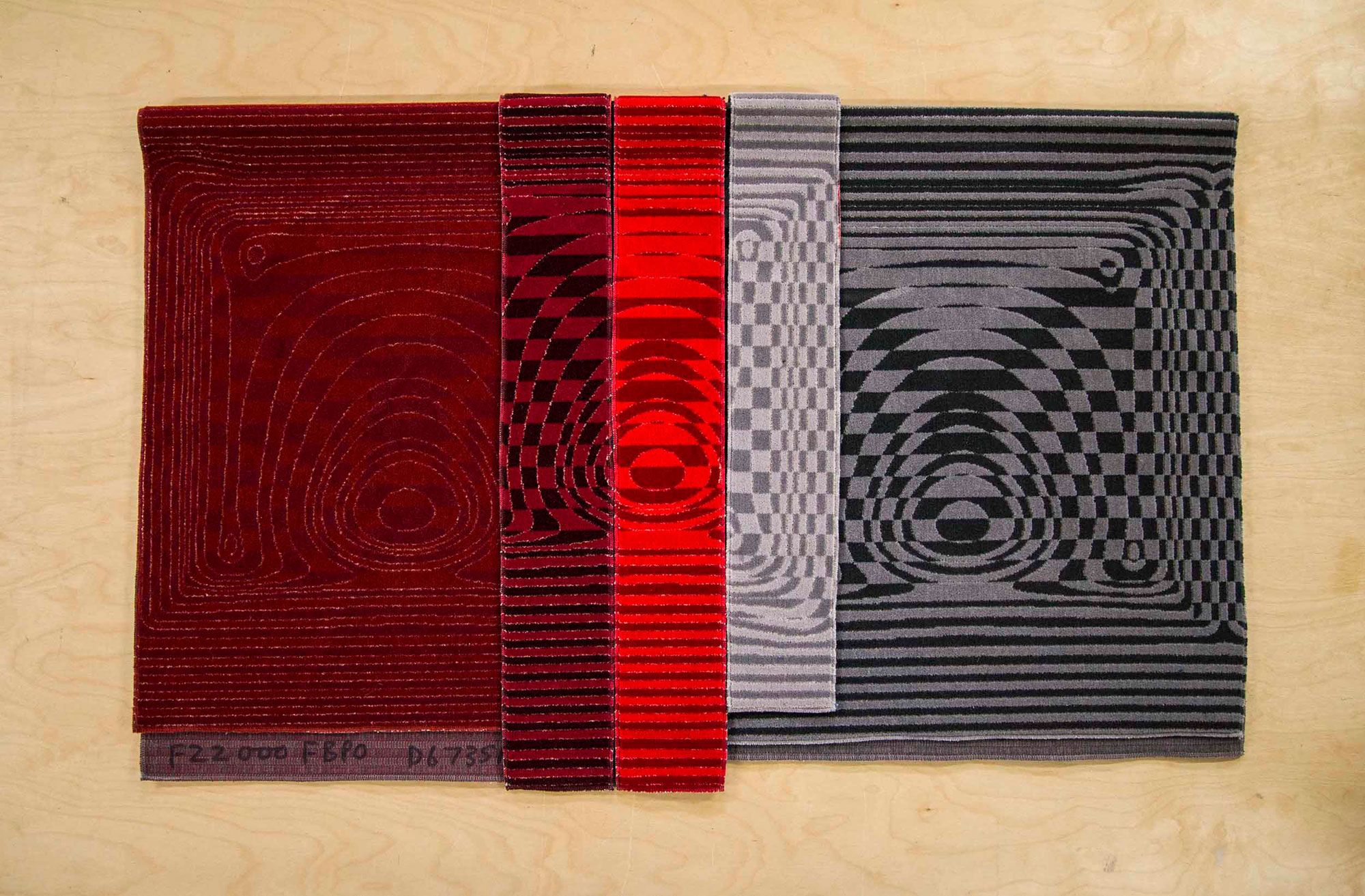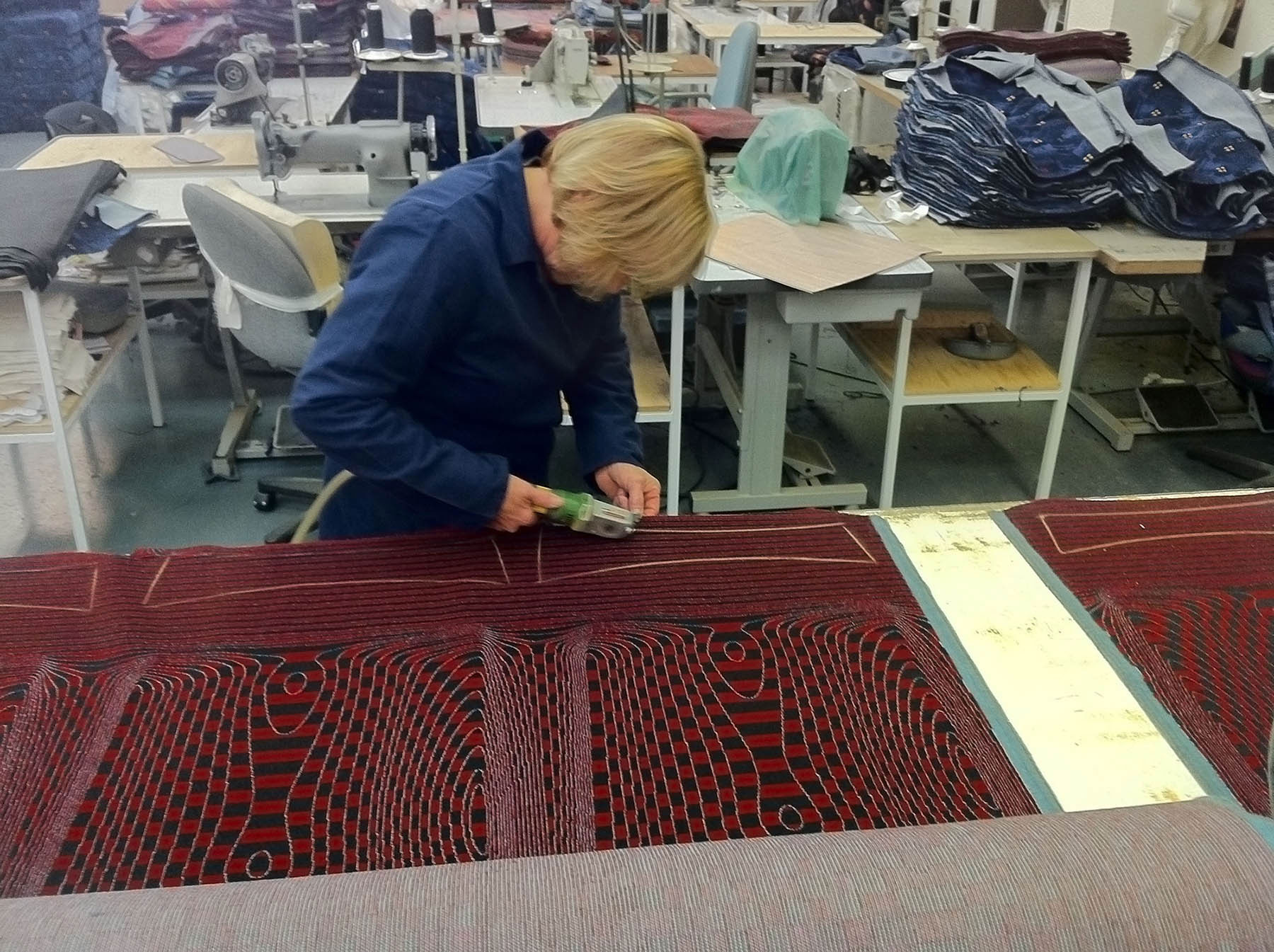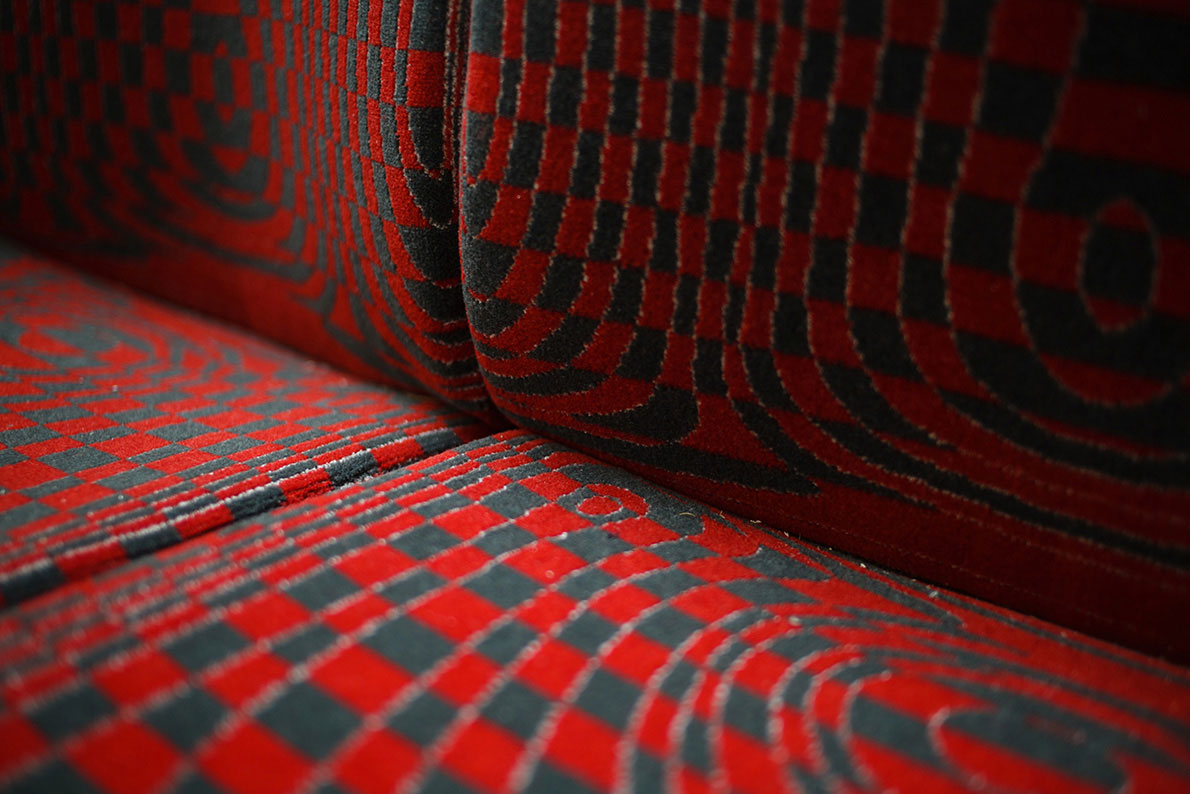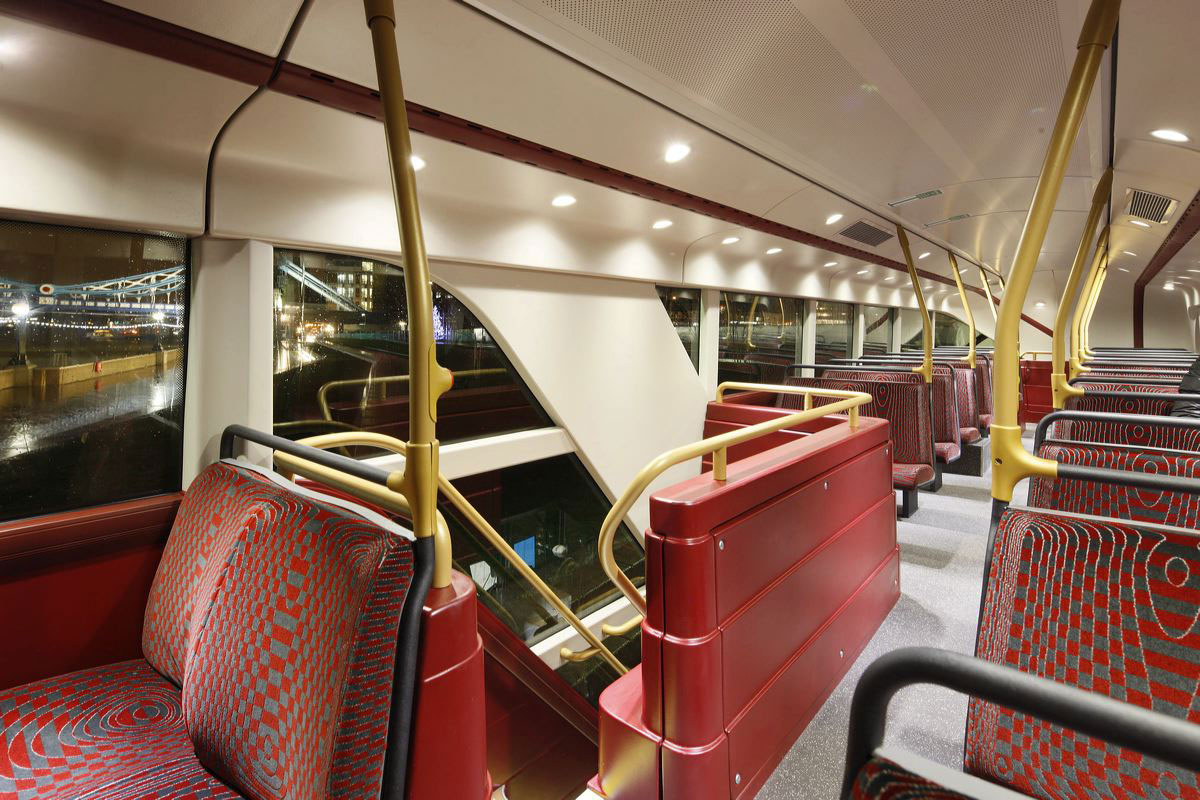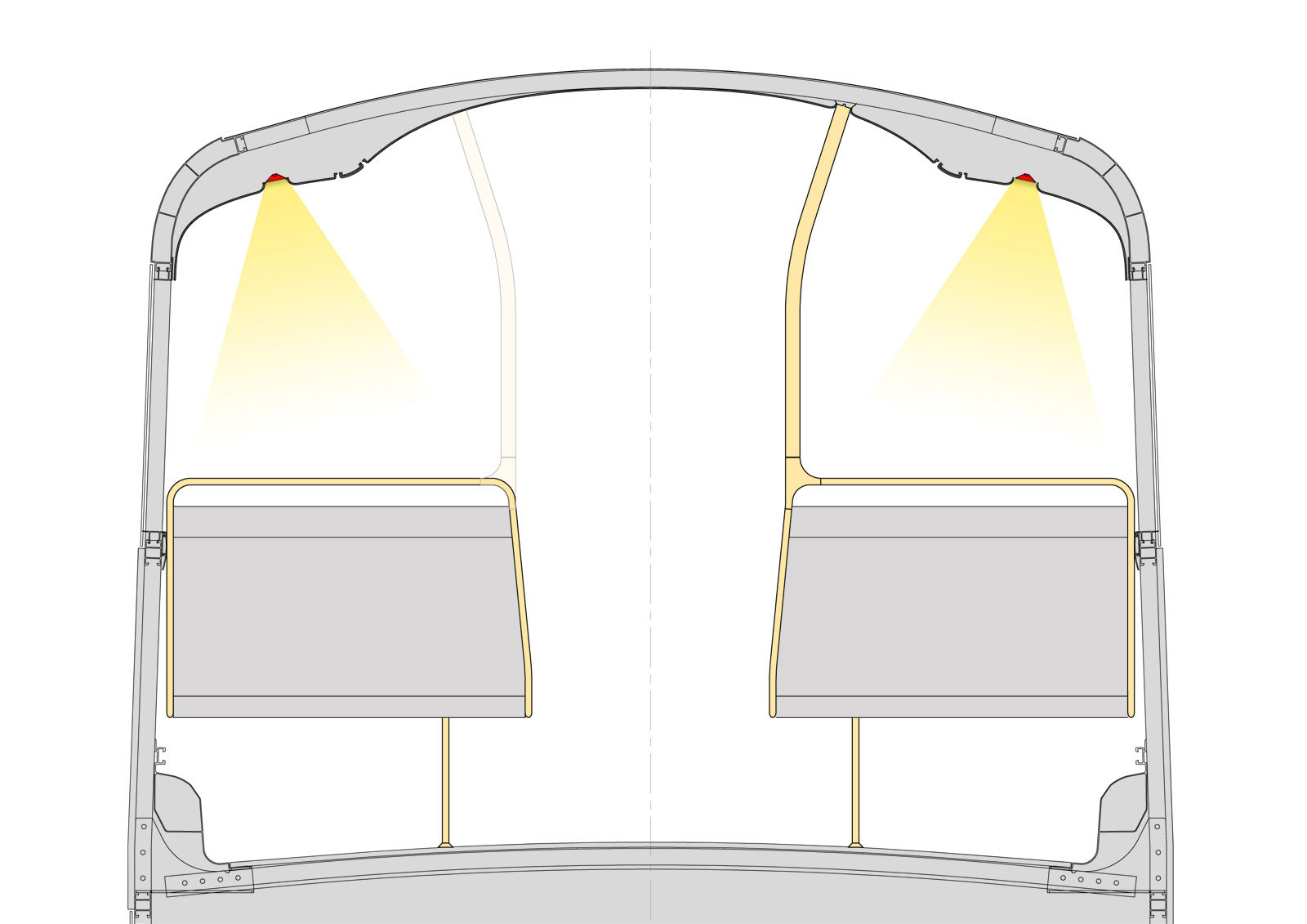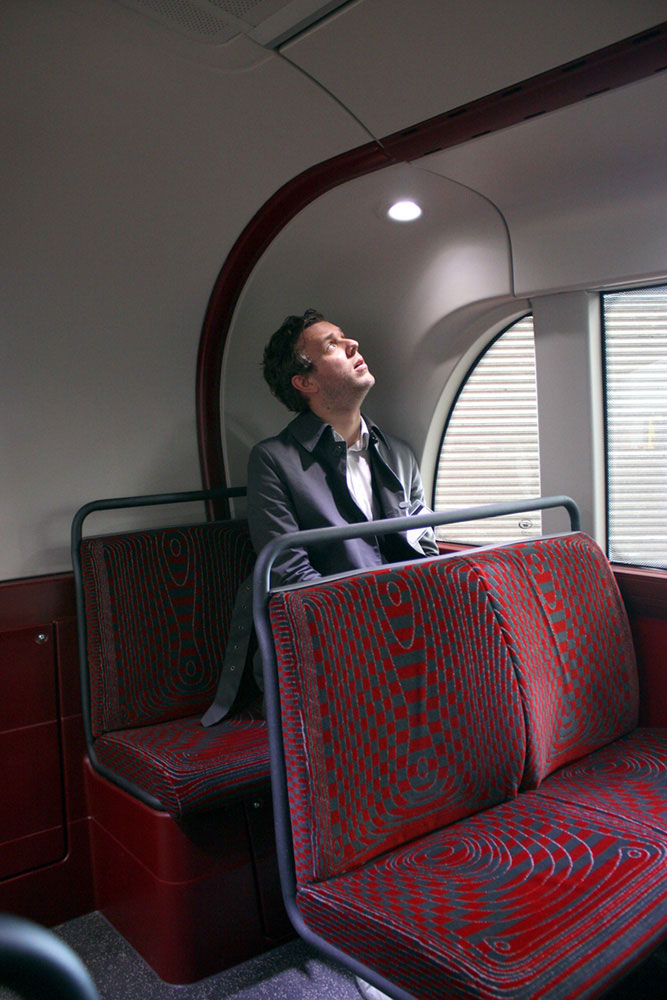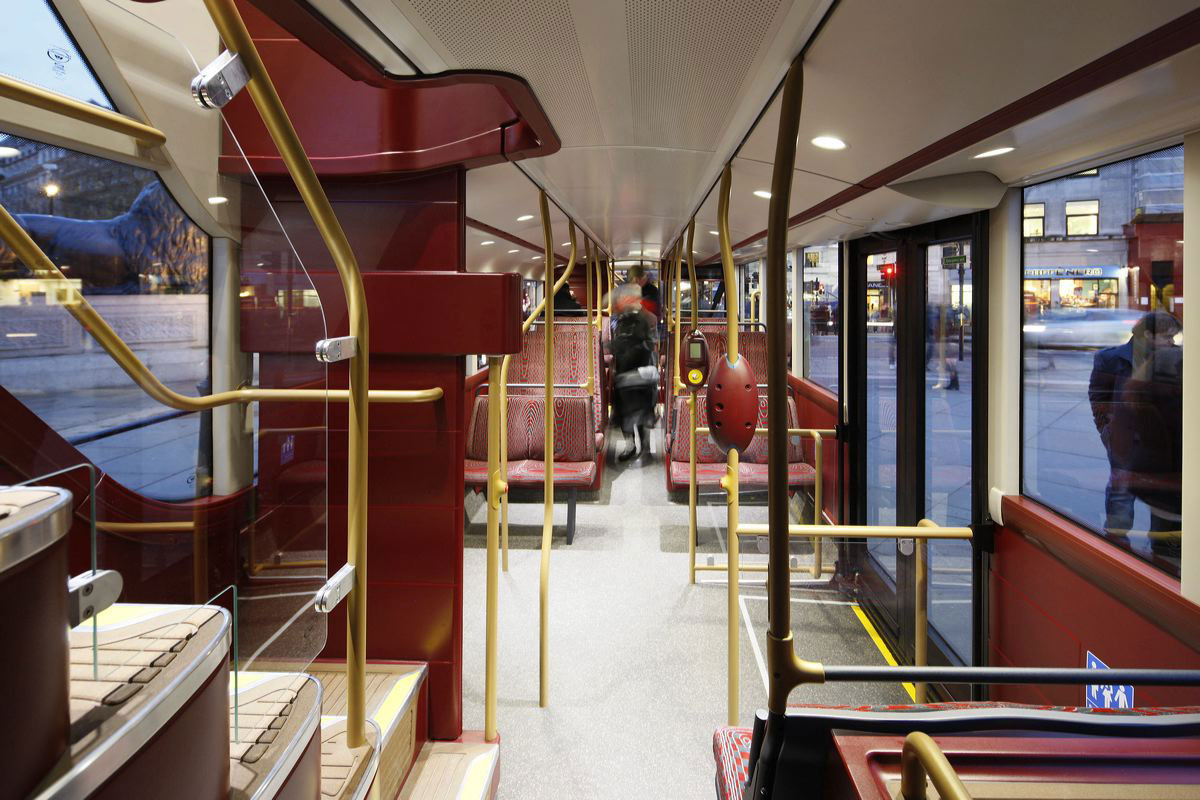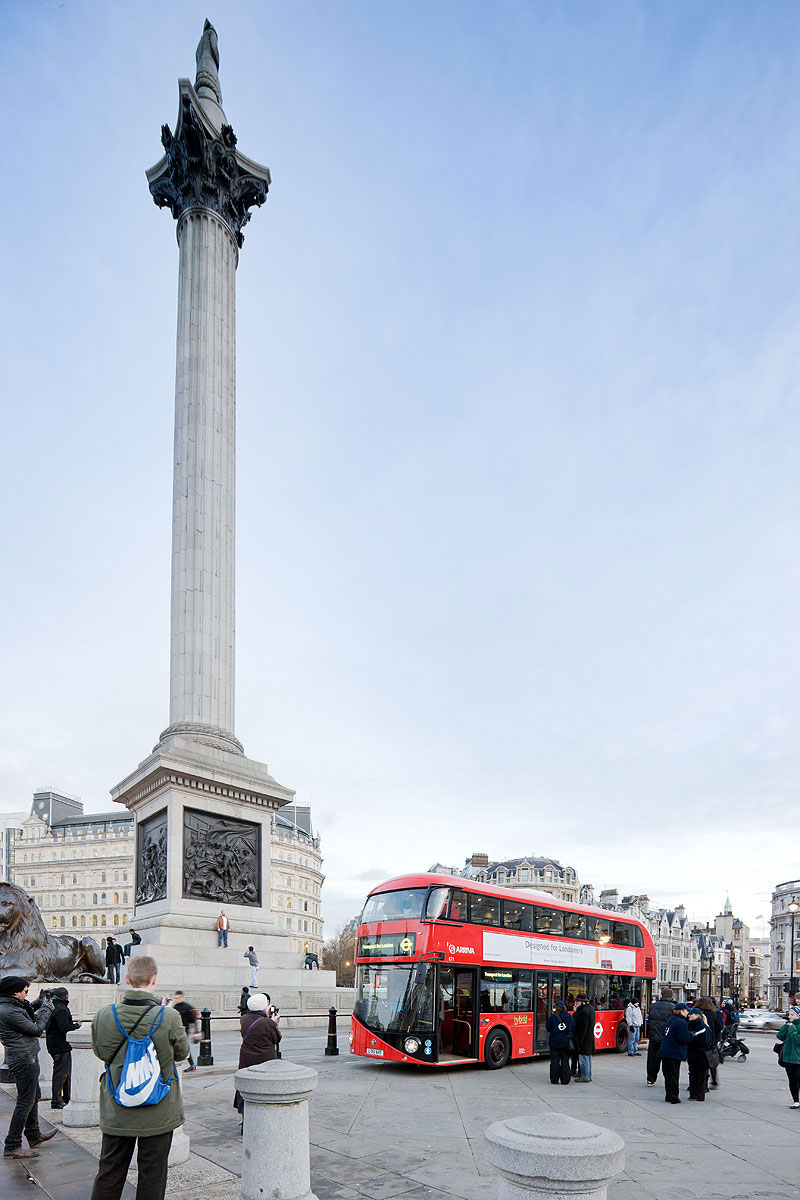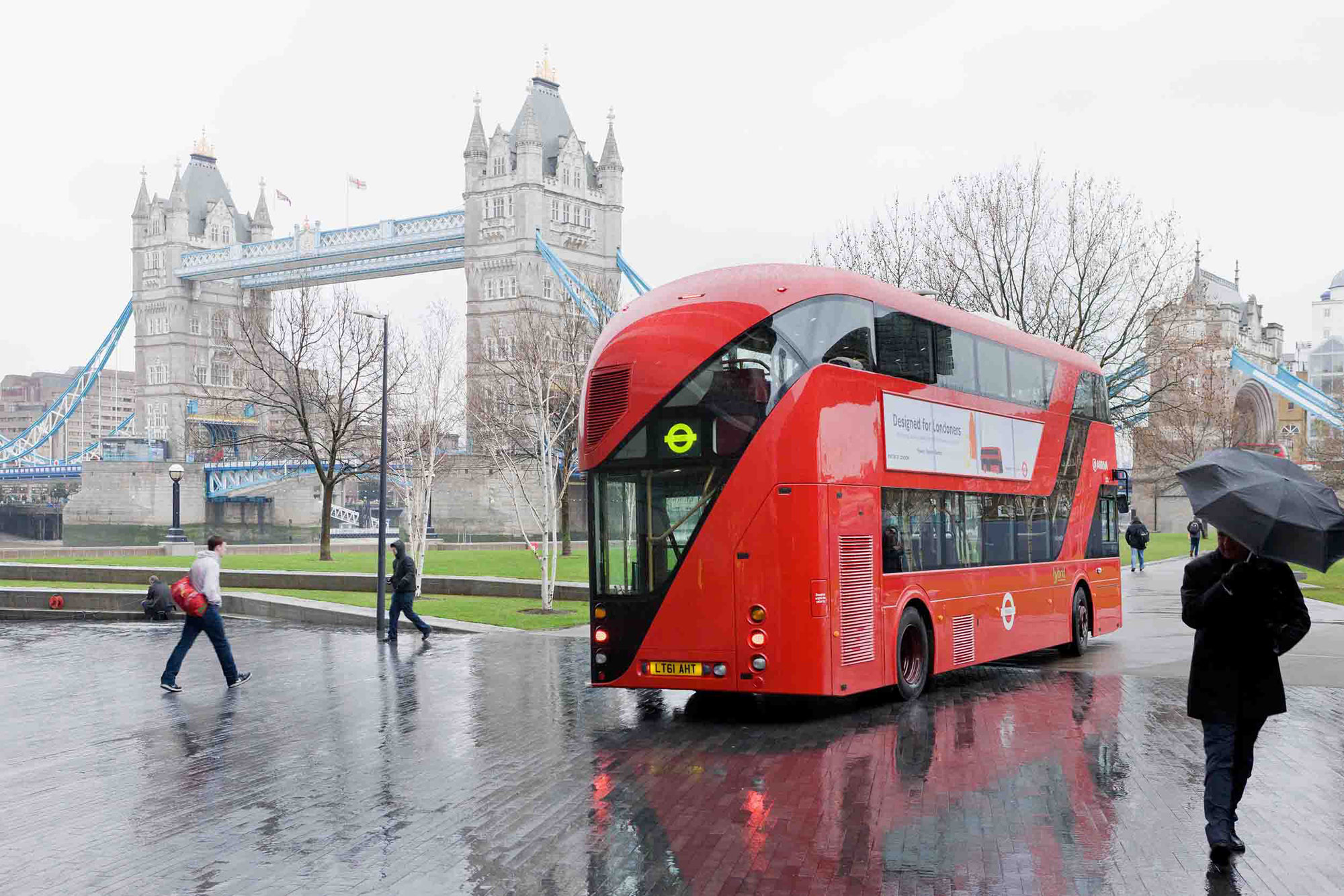Dissatisfied with the design of the city’s public buses, the Mayor of London decided to commission the first new bus for the capital in fifty years. The studio was commissioned to collaborate with the vehicle’s manufacturer on its design. Seen as a re-conception of the classic Routemaster bus, the new one would need to be completely accessible, minimize the time taken to load and unload passengers, use 40 per cent less fossil fuel than existing buses, and be affordable. The main similarity to the Routemaster was that it would have an open platform, but with the option of an electric door when required. To meet the target of using 40 per cent less fuel, the team developed a hybrid vehicle and made it as lightweight and therefore as efficient as possible. With three doors and two staircases to get passengers on and off quickly, the bus was longer than most double-decker buses. To reduce its apparent size, the team gave it rounded corners. Two ribbons of window flow from the bottom to the top deck following the movement of passengers through the bus. Running the windows up the staircases transformed the staircases from dark, constricted shafts into lighter and more generous spaces. One of the studio’s priorities was to improve the interior environment for passengers which had become increasingly chaotic and often garish from decades of ad hoc alterations and design compromises due to the piecemeal introduction of new regulations and practices. Using a simple palette of colours and materials and a bespoke family of details, the studio developed an alternative interior that was calm and coordinated. One thousand vehicles were commissioned and the first six were on the streets in time for the London 2012 Olympic Games.
Dissatisfied with the design of the city’s public buses, the Mayor of London decided to commission the first new bus for the capital in fifty years. The studio was commissioned to collaborate with the vehicle’s manufacturer on its design. Seen as a re-conception of the classic Routemaster bus, the new one would need to be completely accessible, minimize the time taken to load and unload passengers, use 40 per cent less fossil fuel than existing buses, and be affordable. The main similarity to the Routemaster was that it would have an open platform, but with the option of an electric door when required. To meet the target of using 40 per cent less fuel, the team developed a hybrid vehicle and made it as lightweight and therefore as efficient as possible. With three doors and two staircases to get passengers on and off quickly, the bus was longer than most double-decker buses. To reduce its apparent size, the team gave it rounded corners. Two ribbons of window flow from the bottom to the top deck following the movement of passengers through the bus. Running the windows up the staircases transformed the staircases from dark, constricted shafts into lighter and more generous spaces. One of the studio’s priorities was to improve the interior environment for passengers which had become increasingly chaotic and often garish from decades of ad hoc alterations and design compromises due to the piecemeal introduction of new regulations and practices. Using a simple palette of colours and materials and a bespoke family of details, the studio developed an alternative interior that was calm and coordinated. One thousand vehicles were commissioned and the first six were on the streets in time for the London 2012 Olympic Games.
